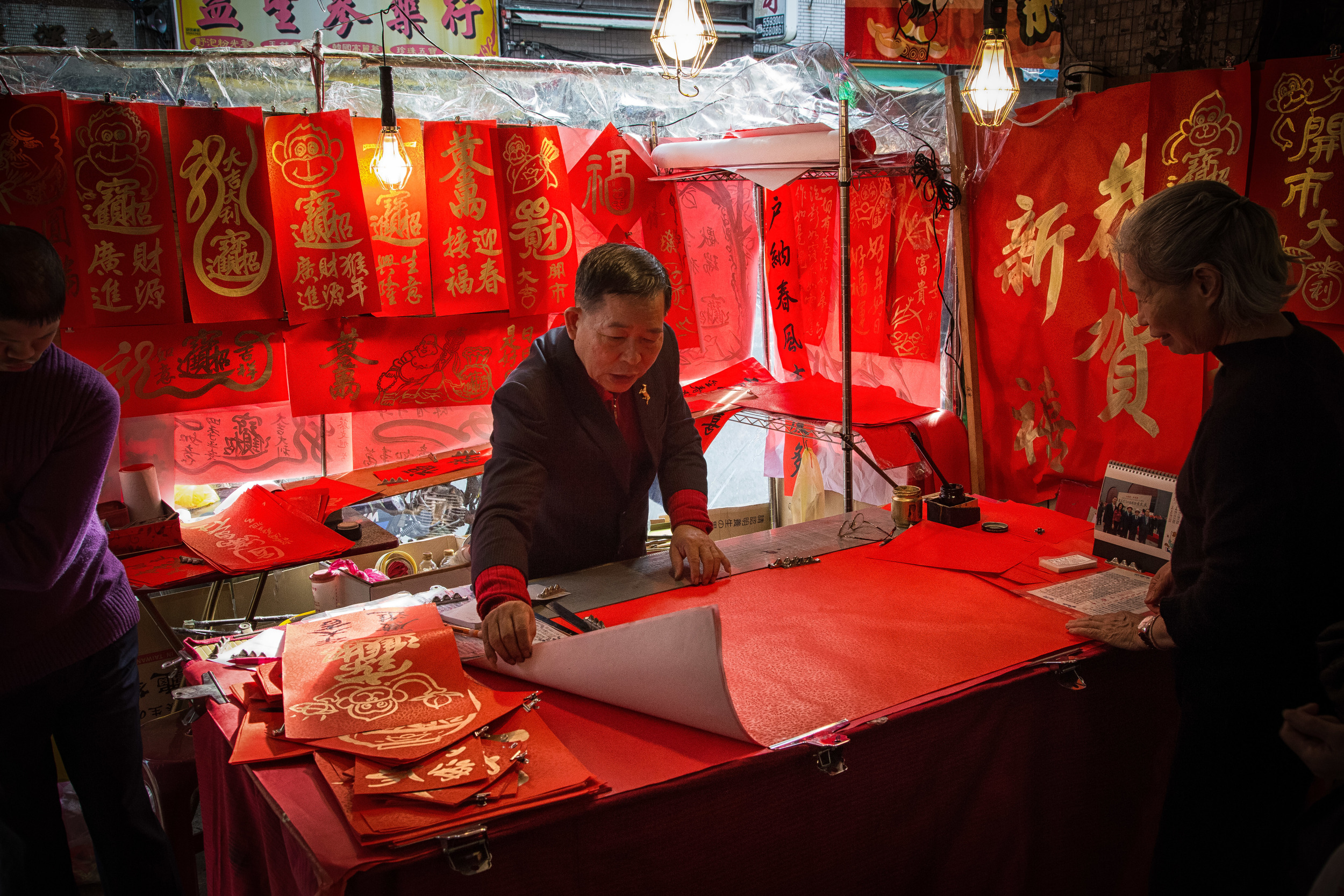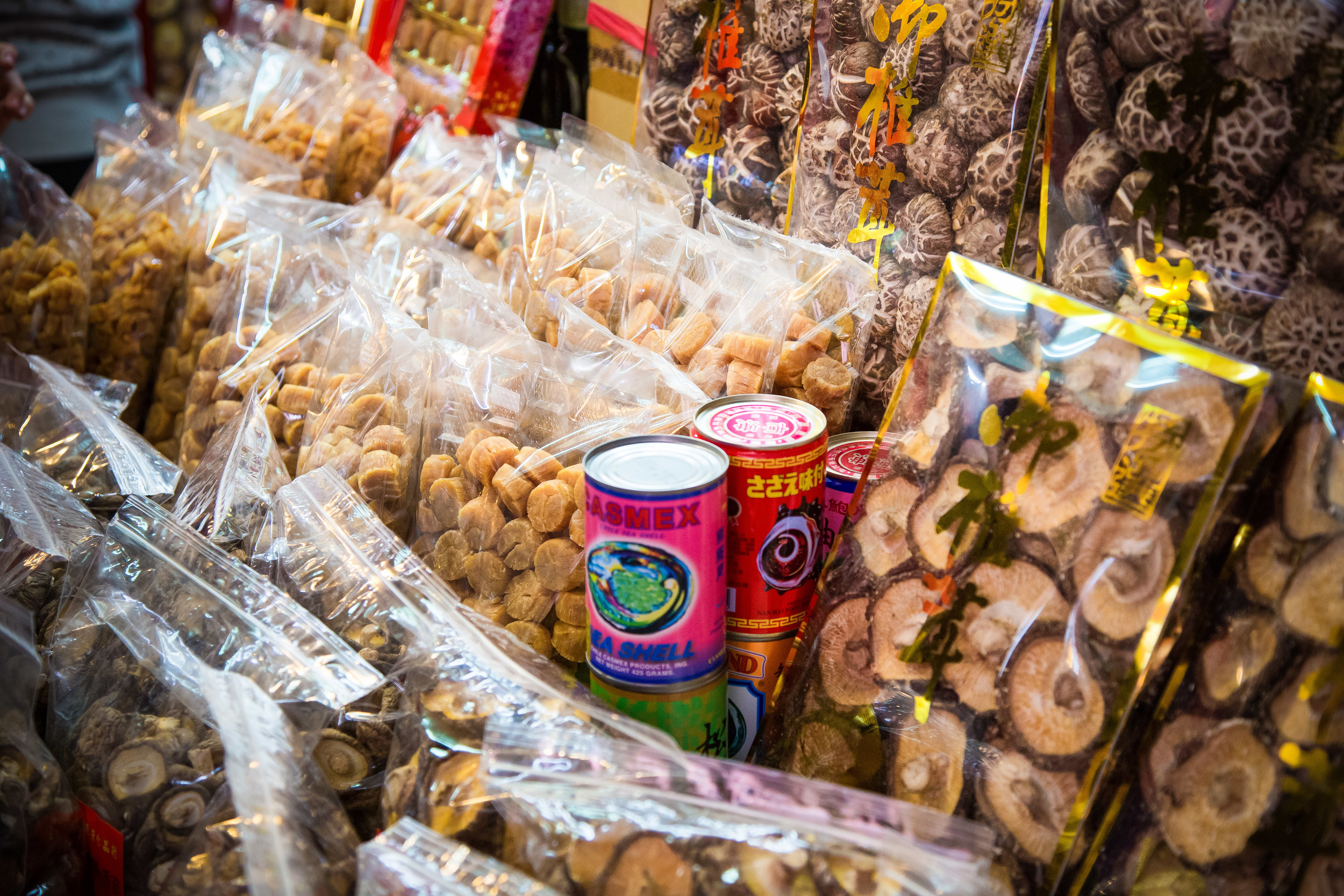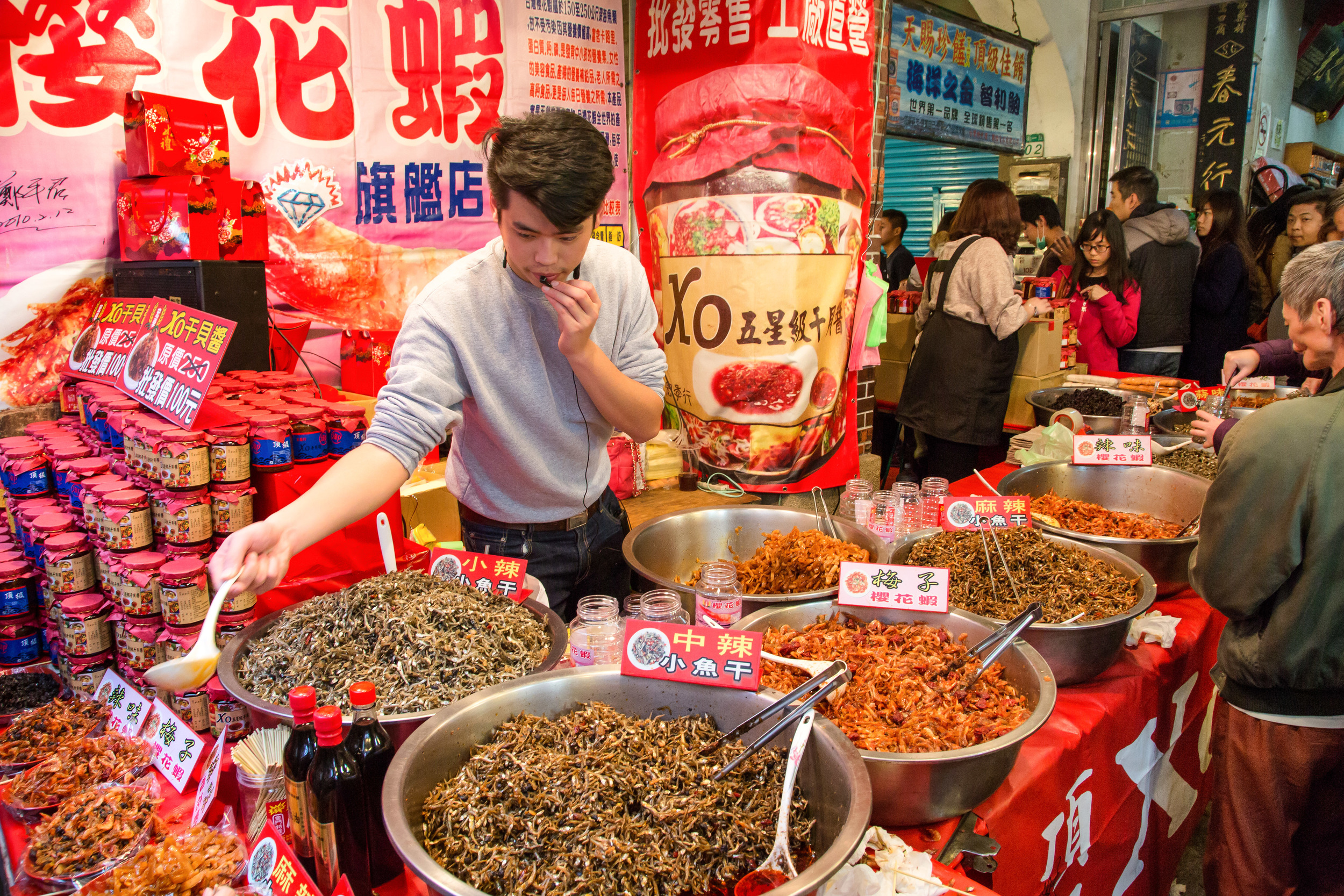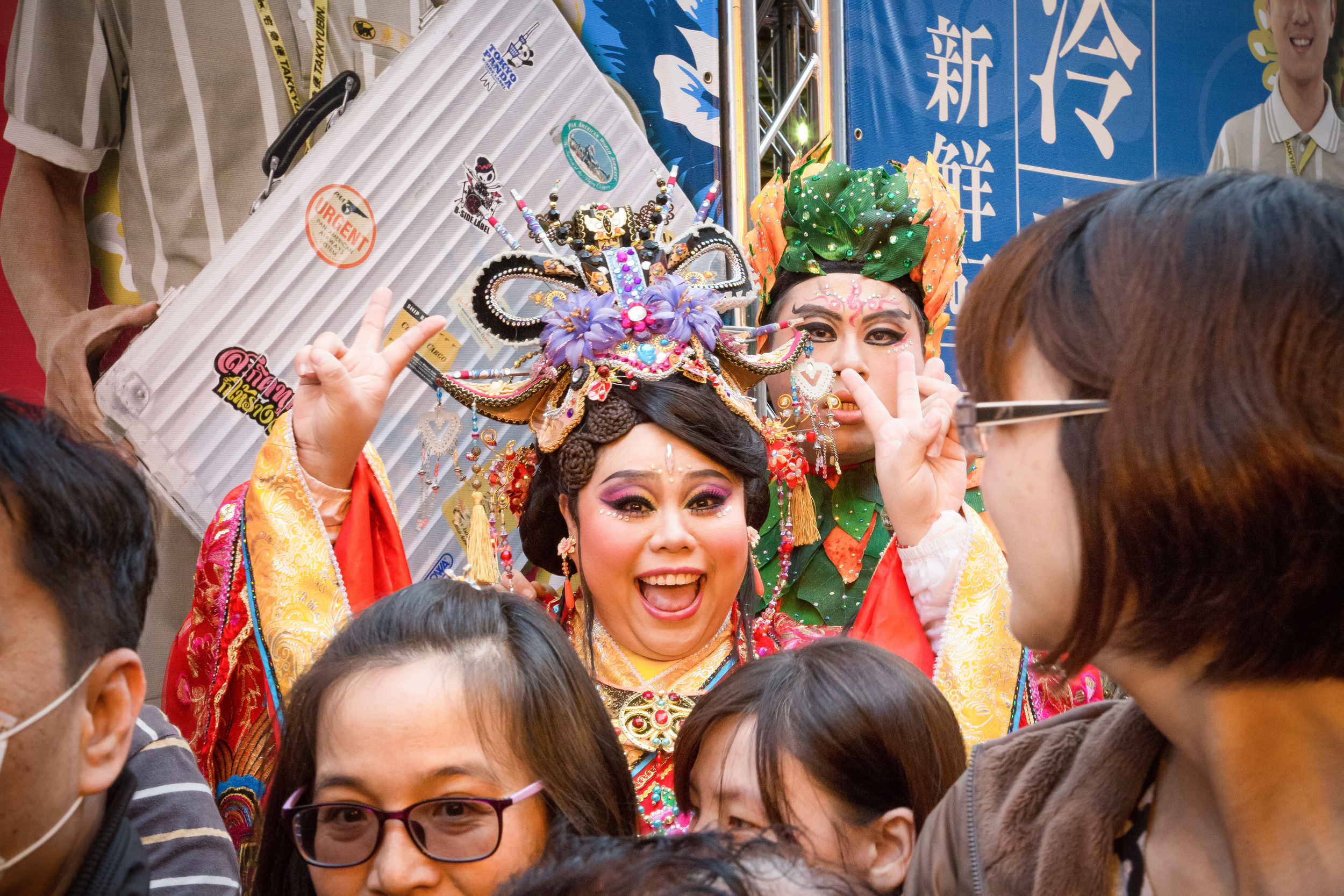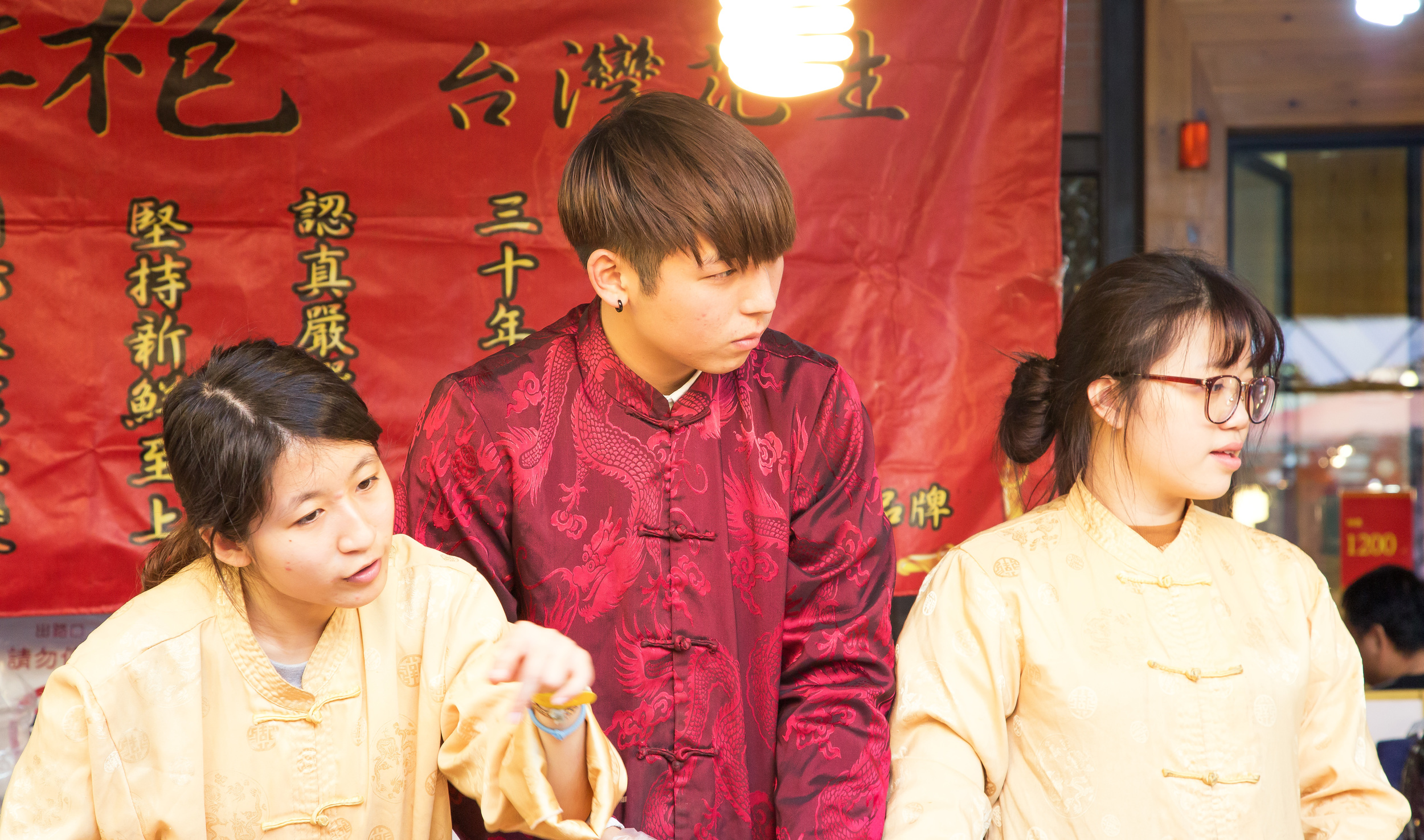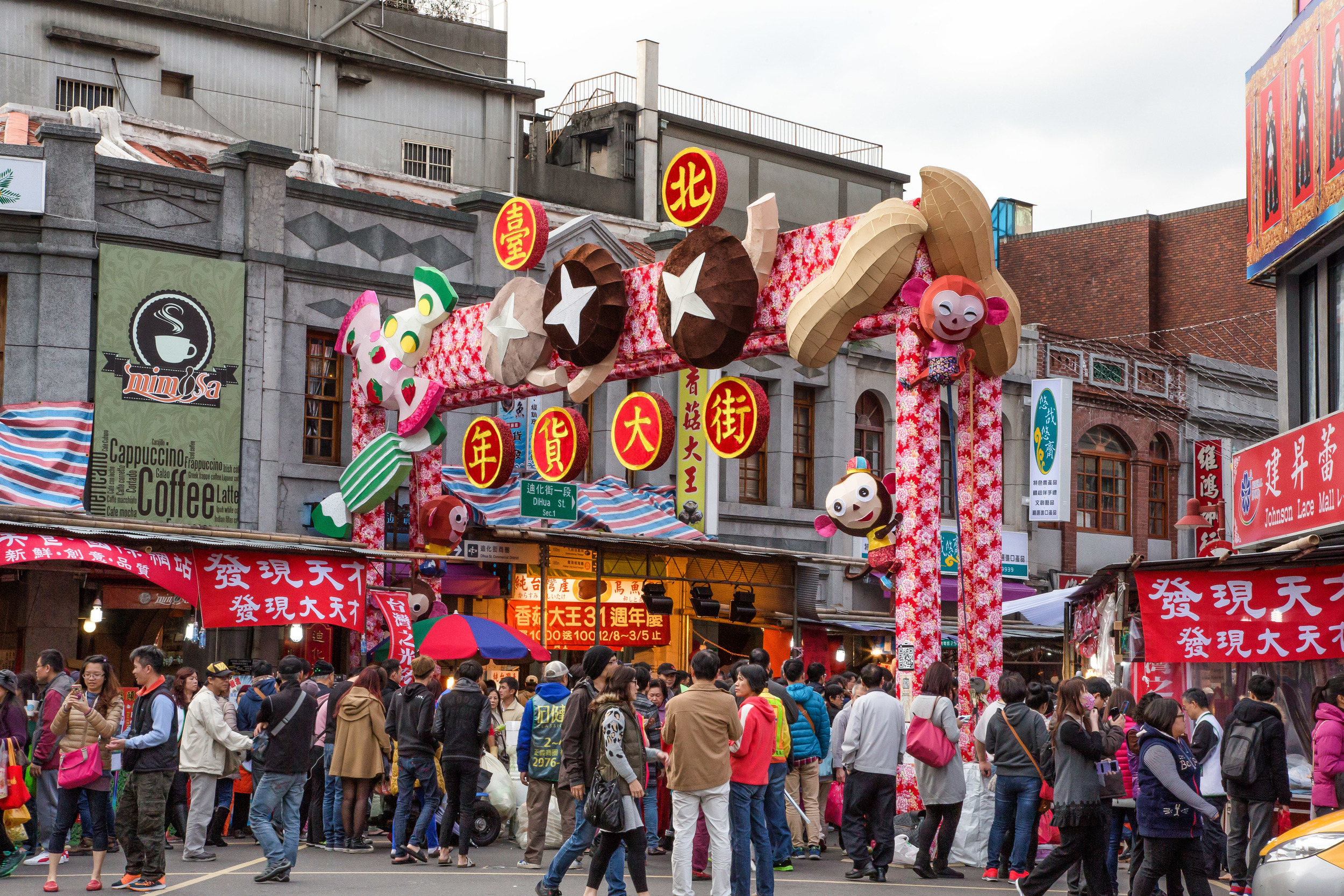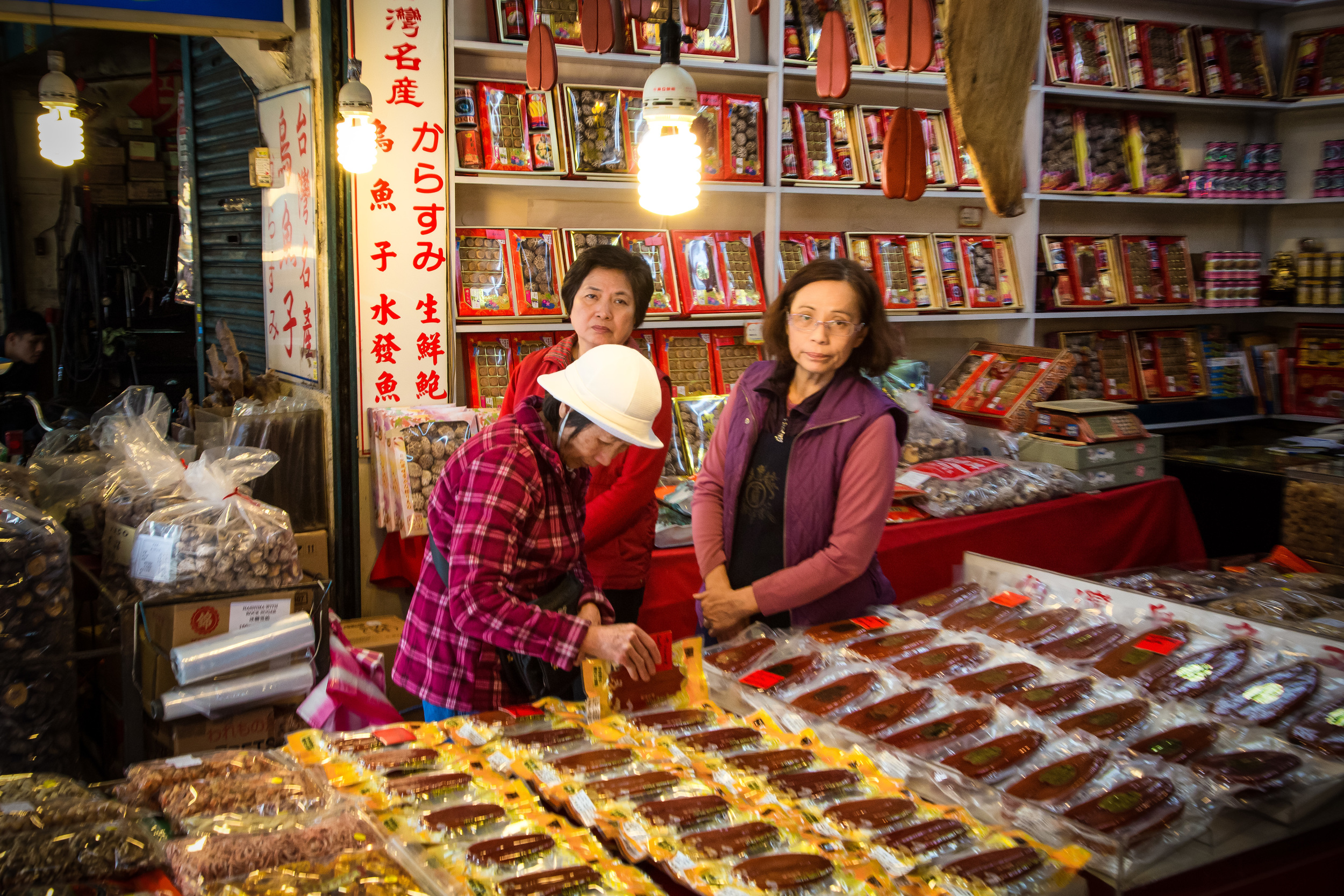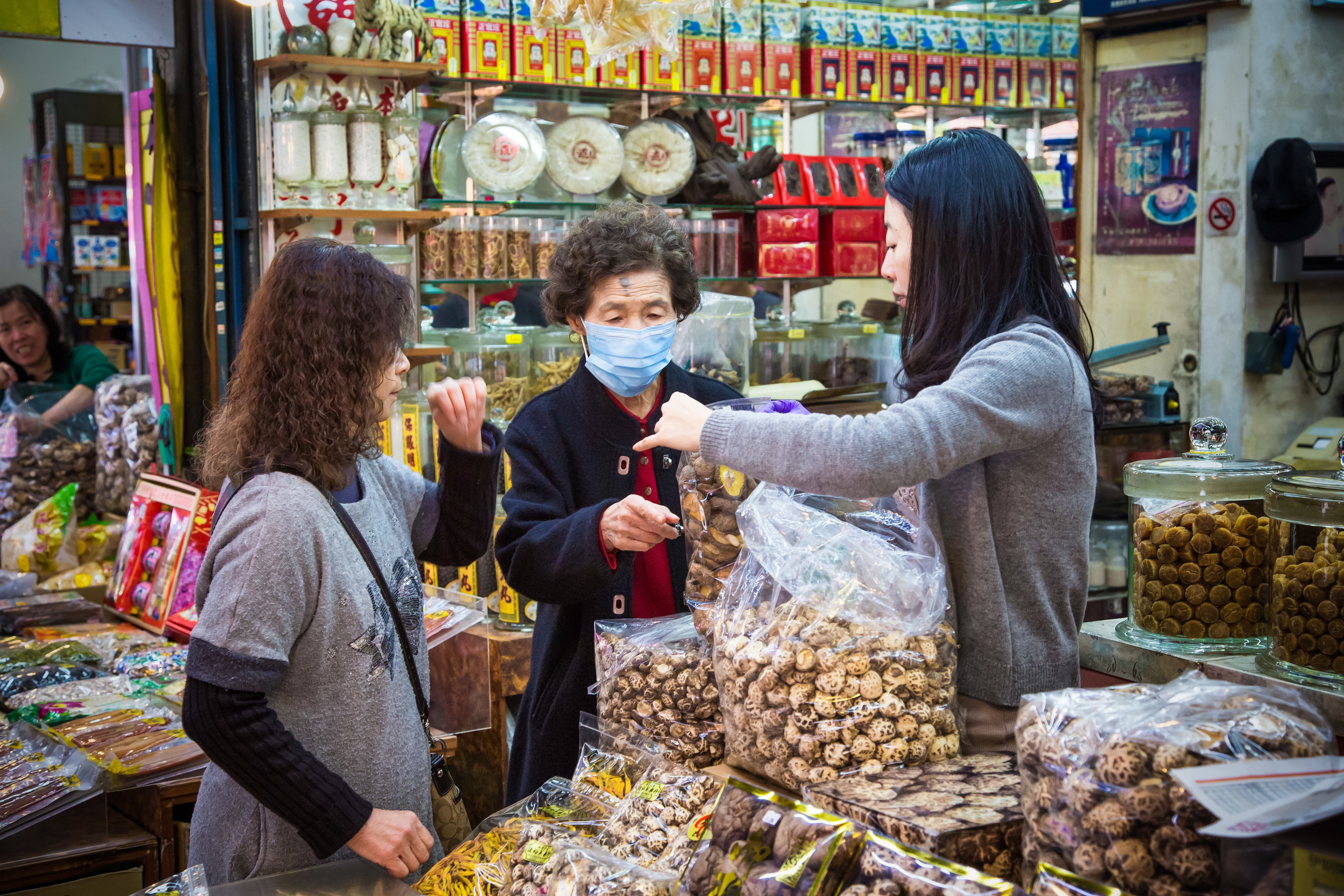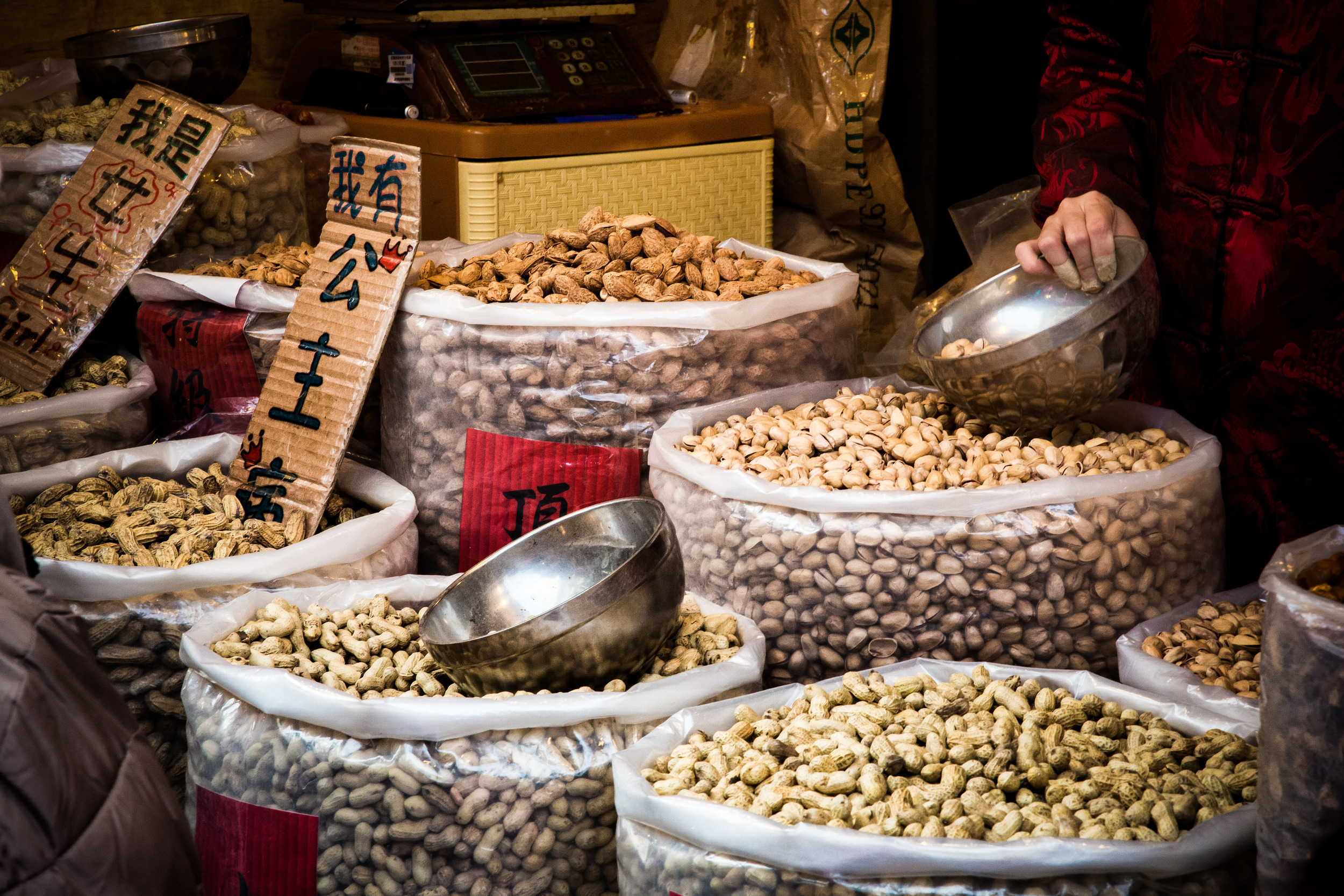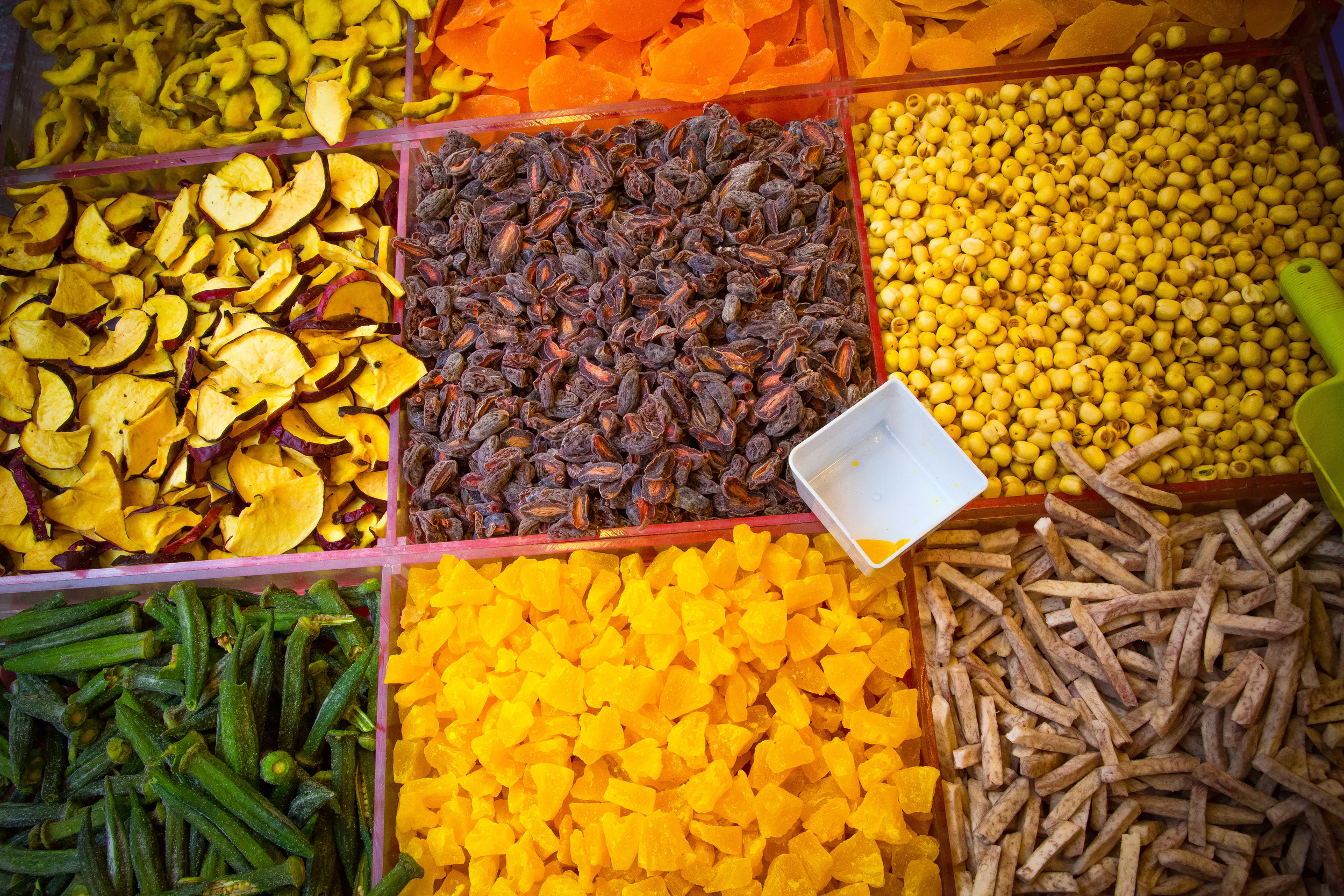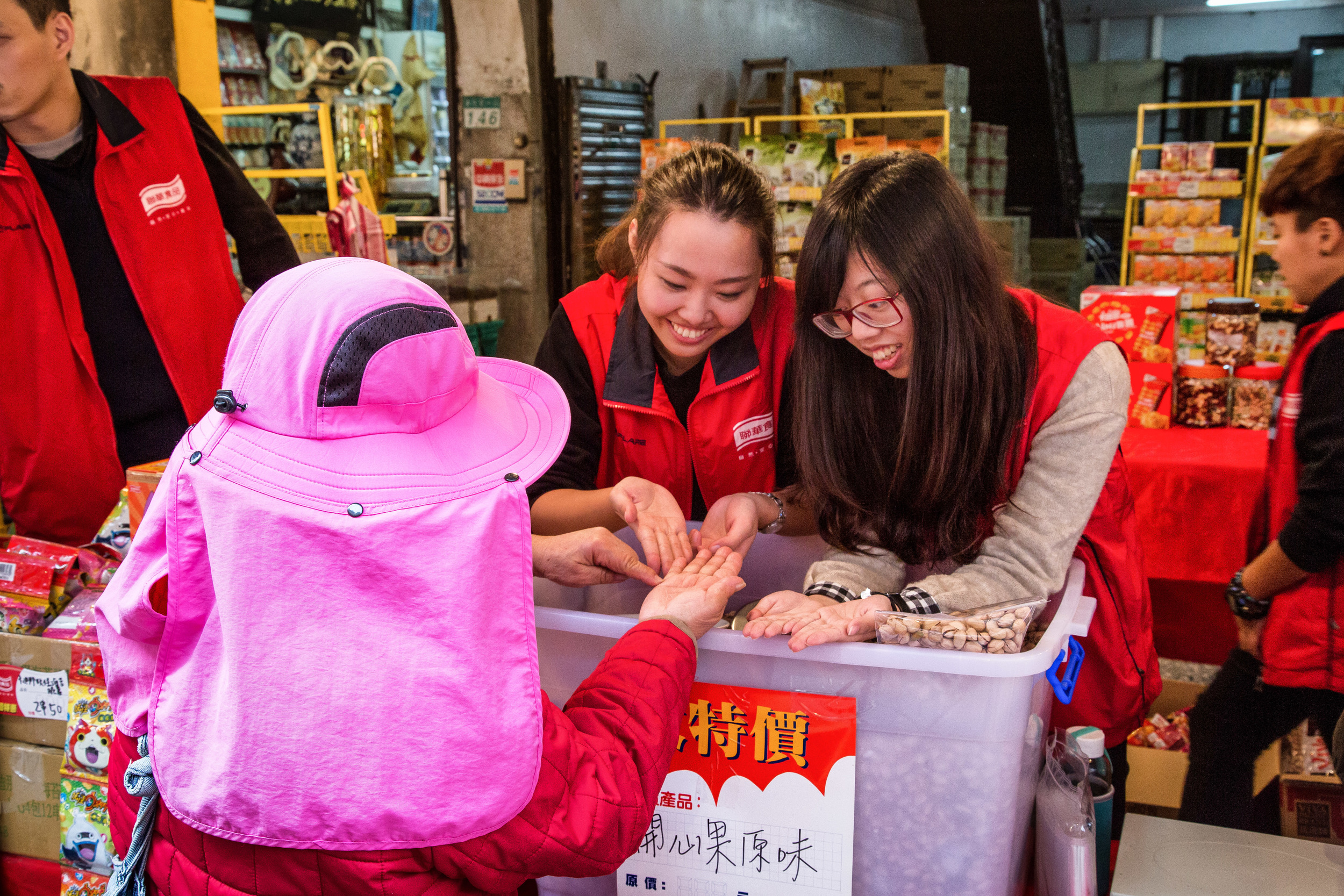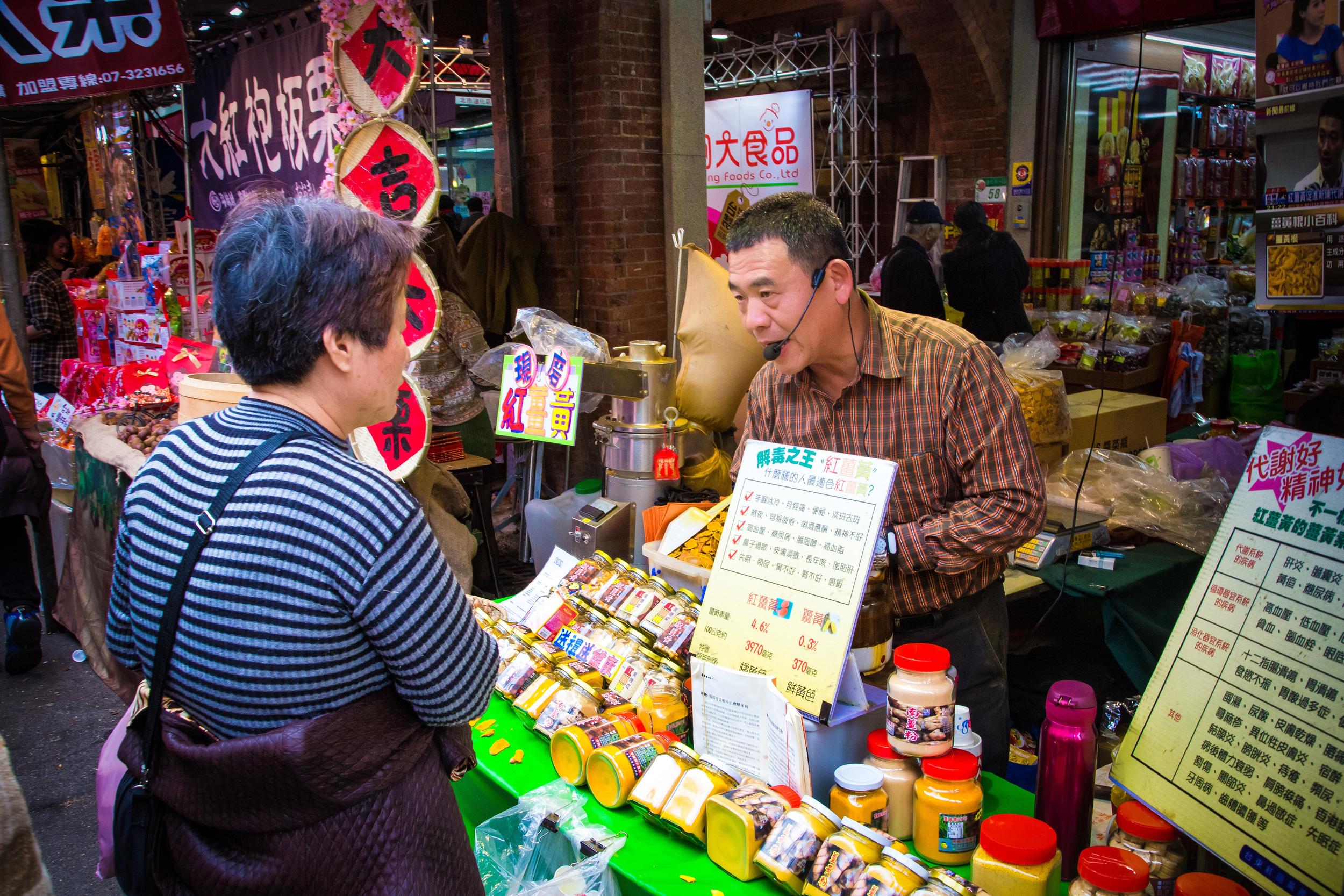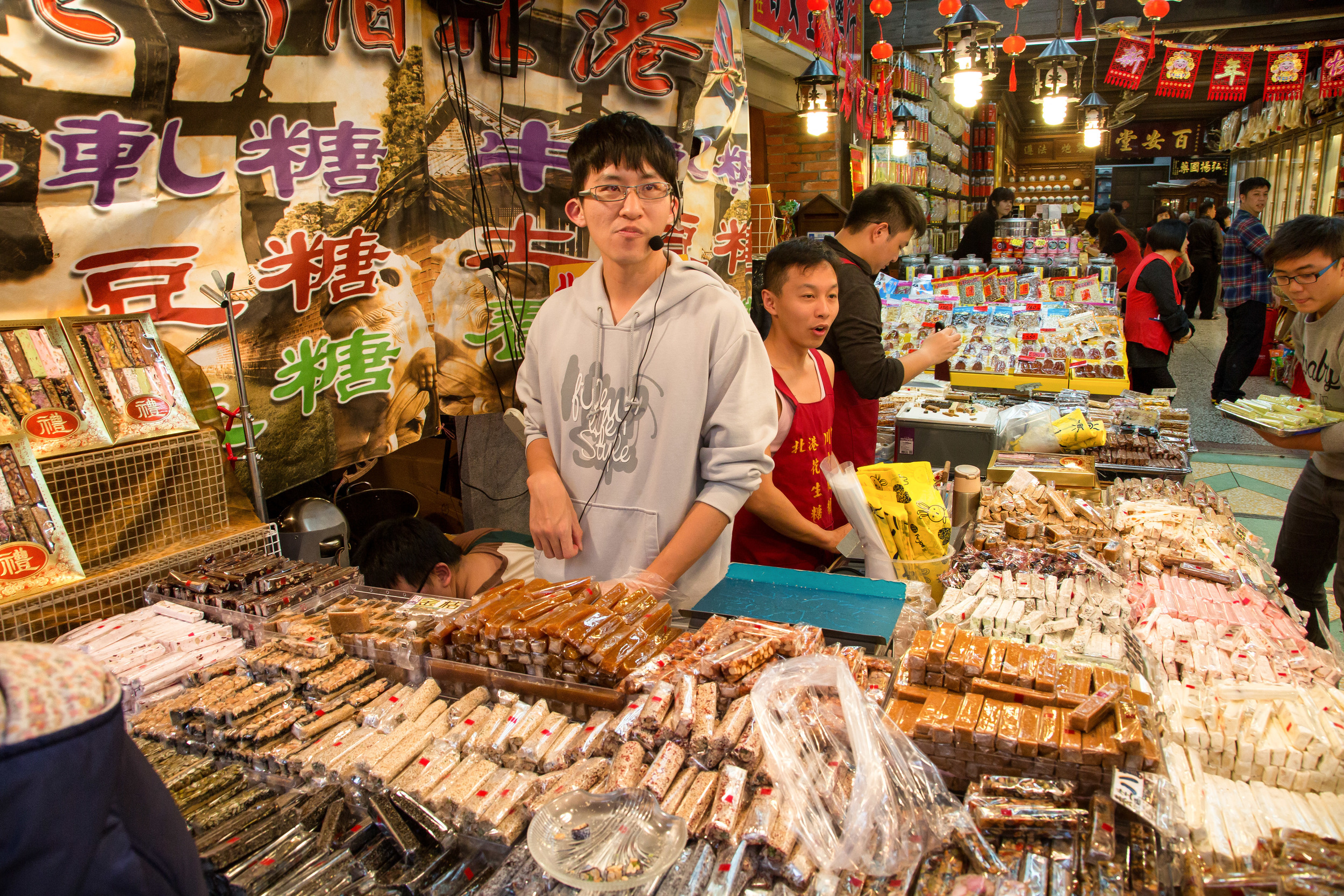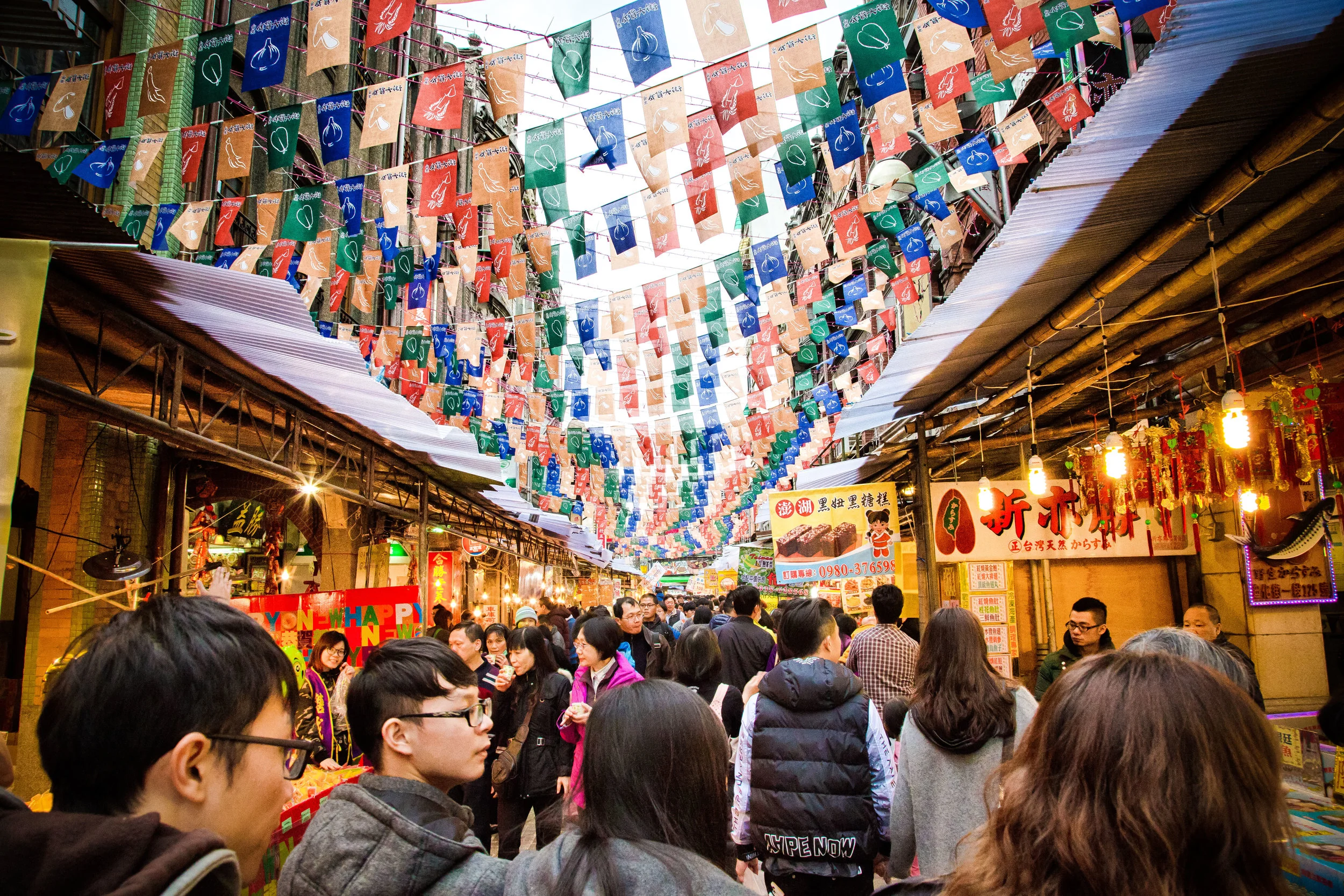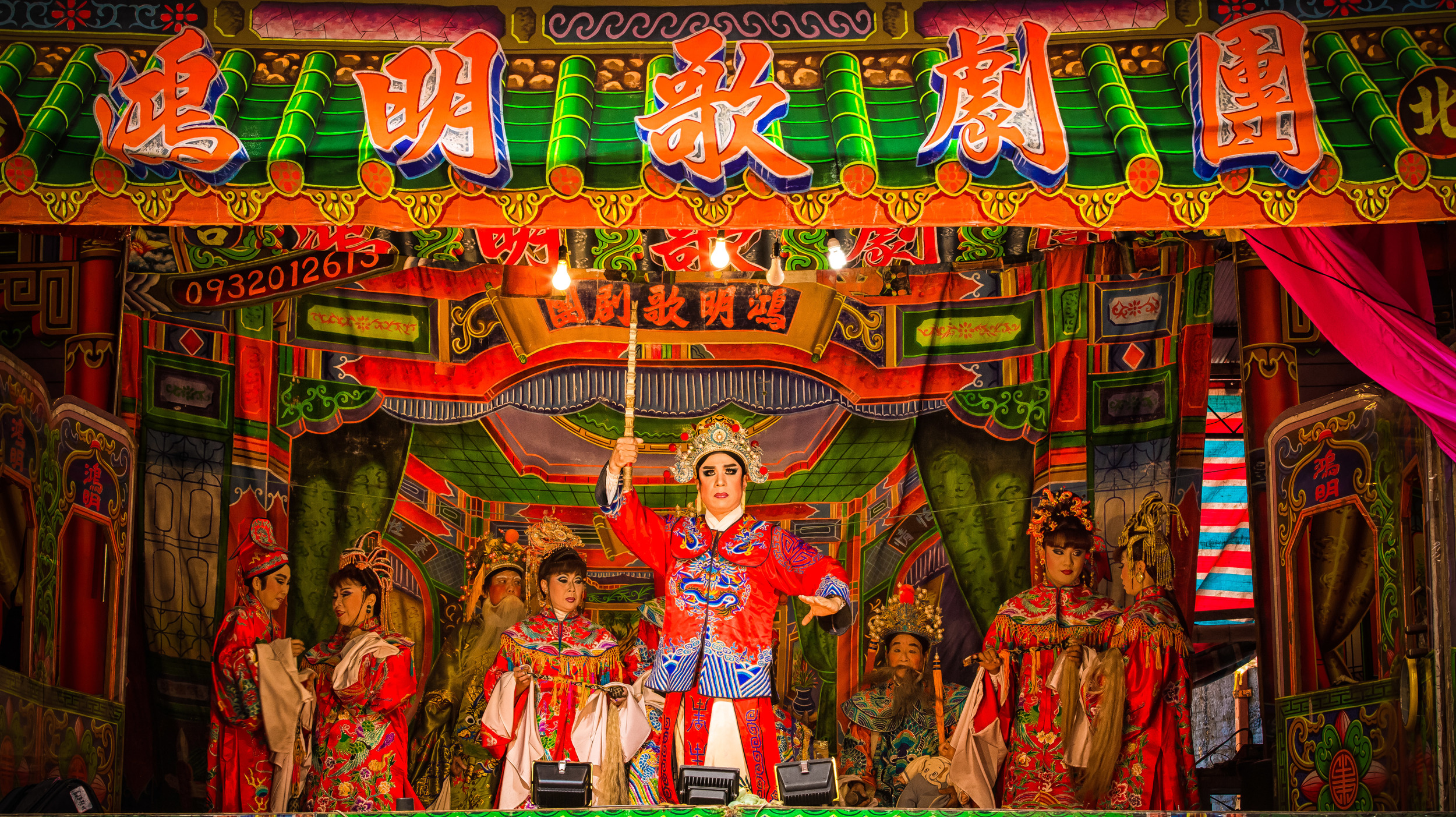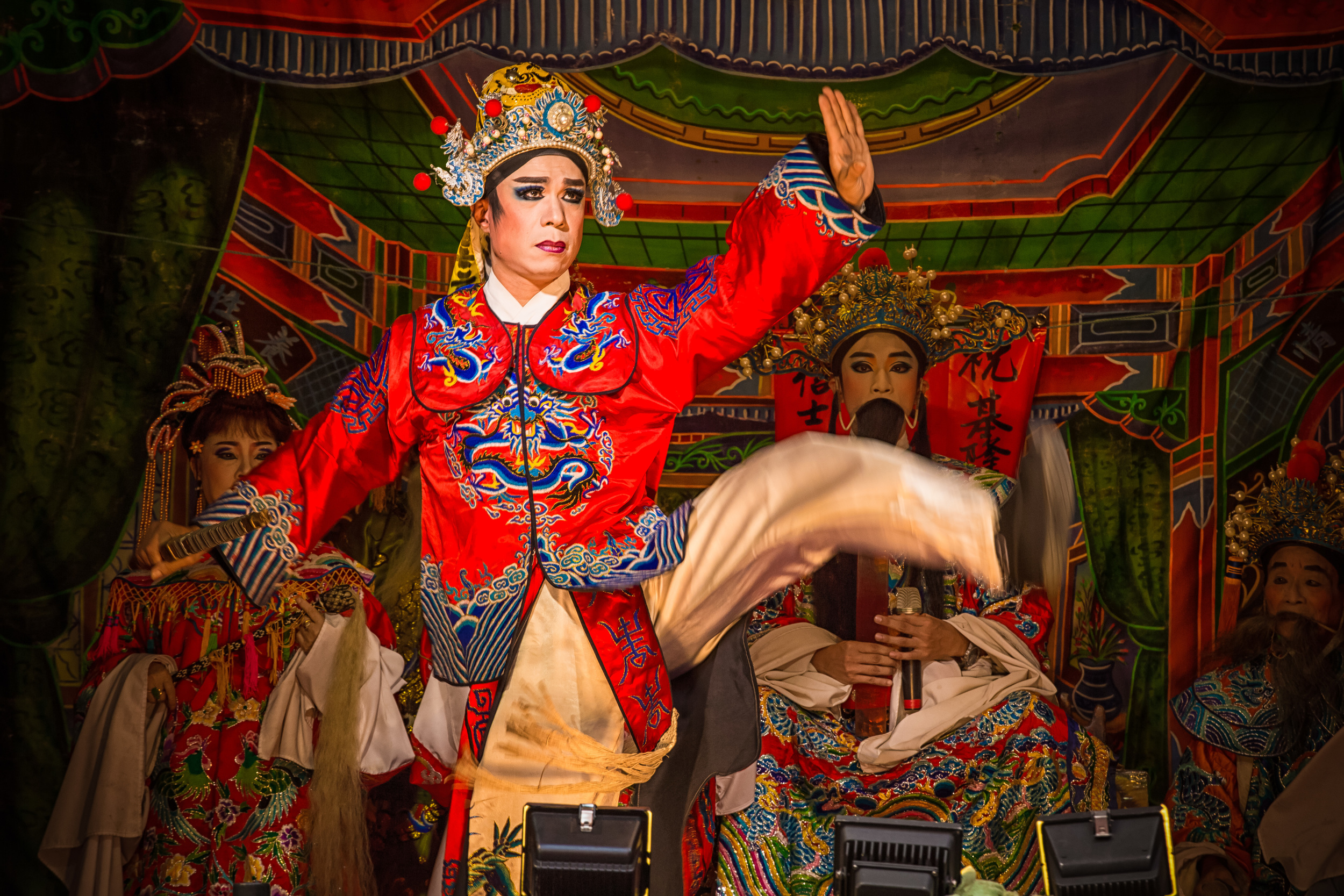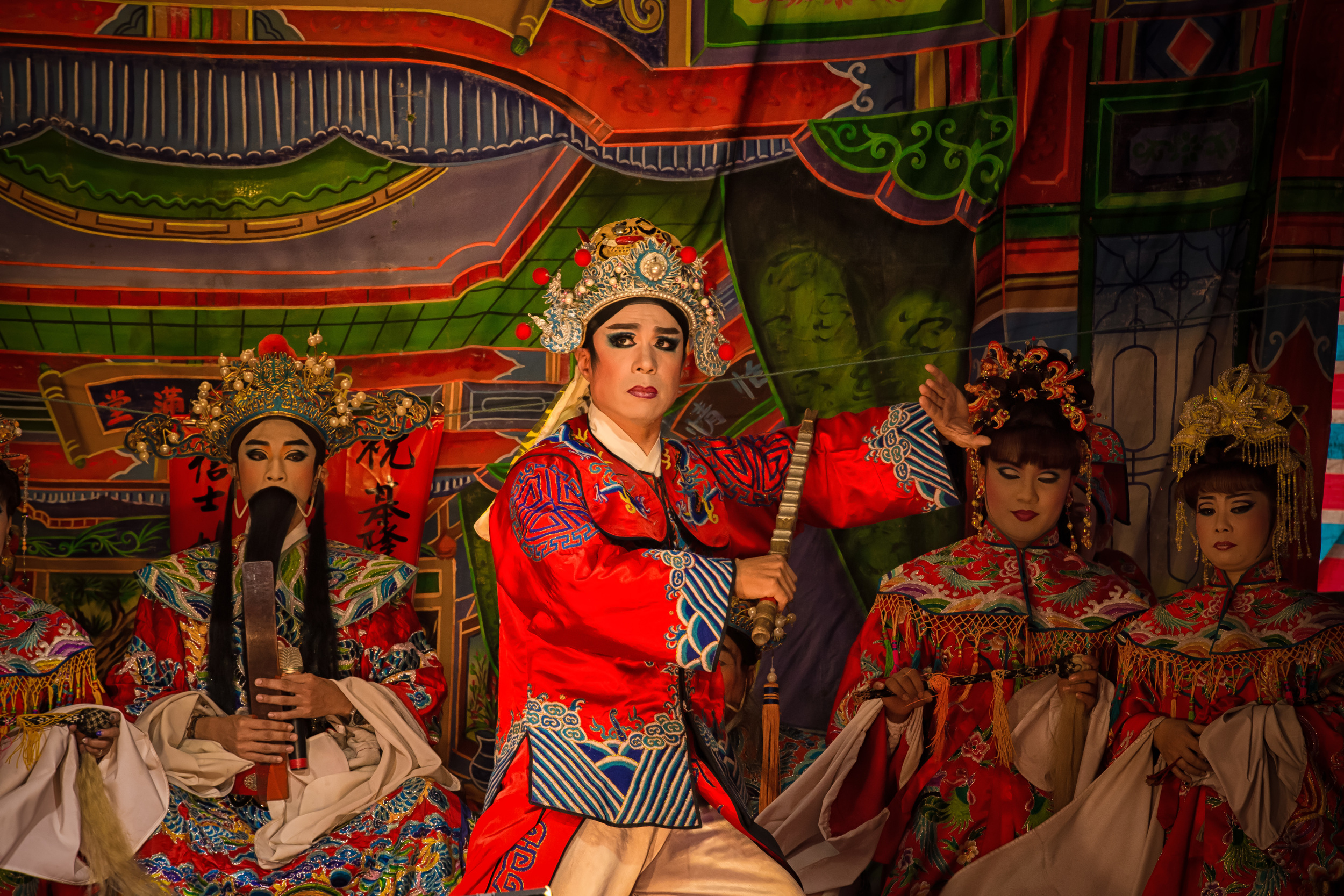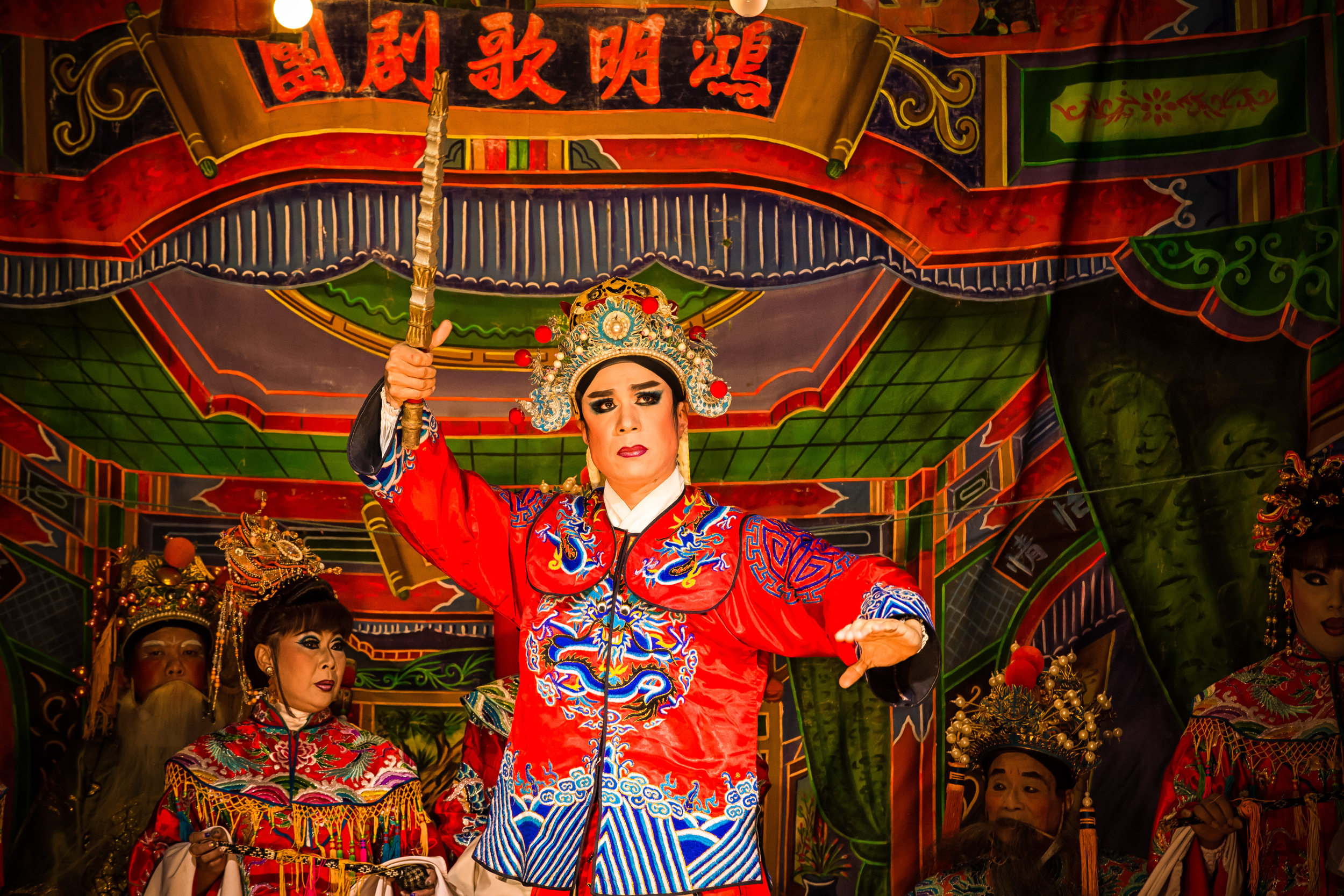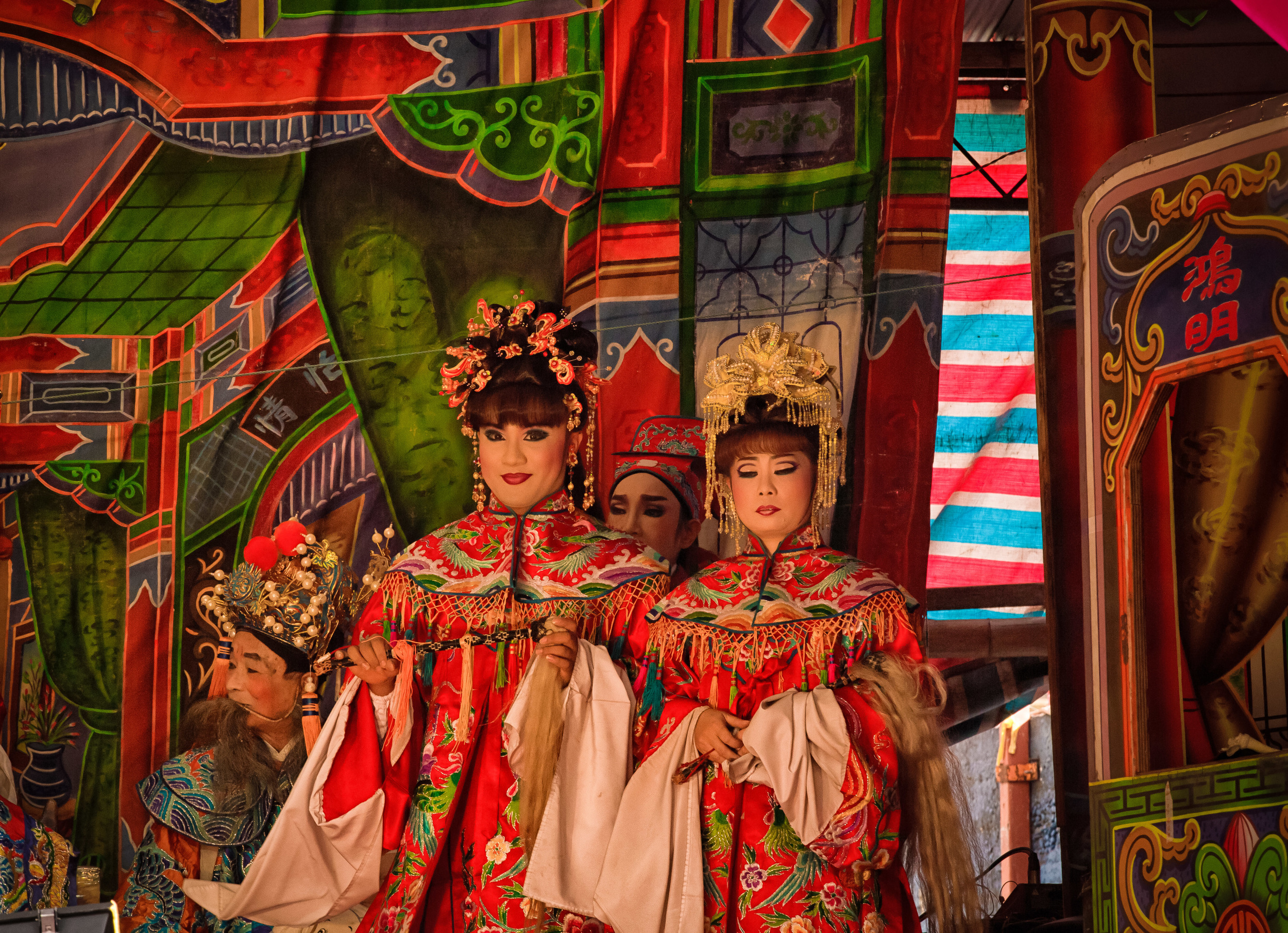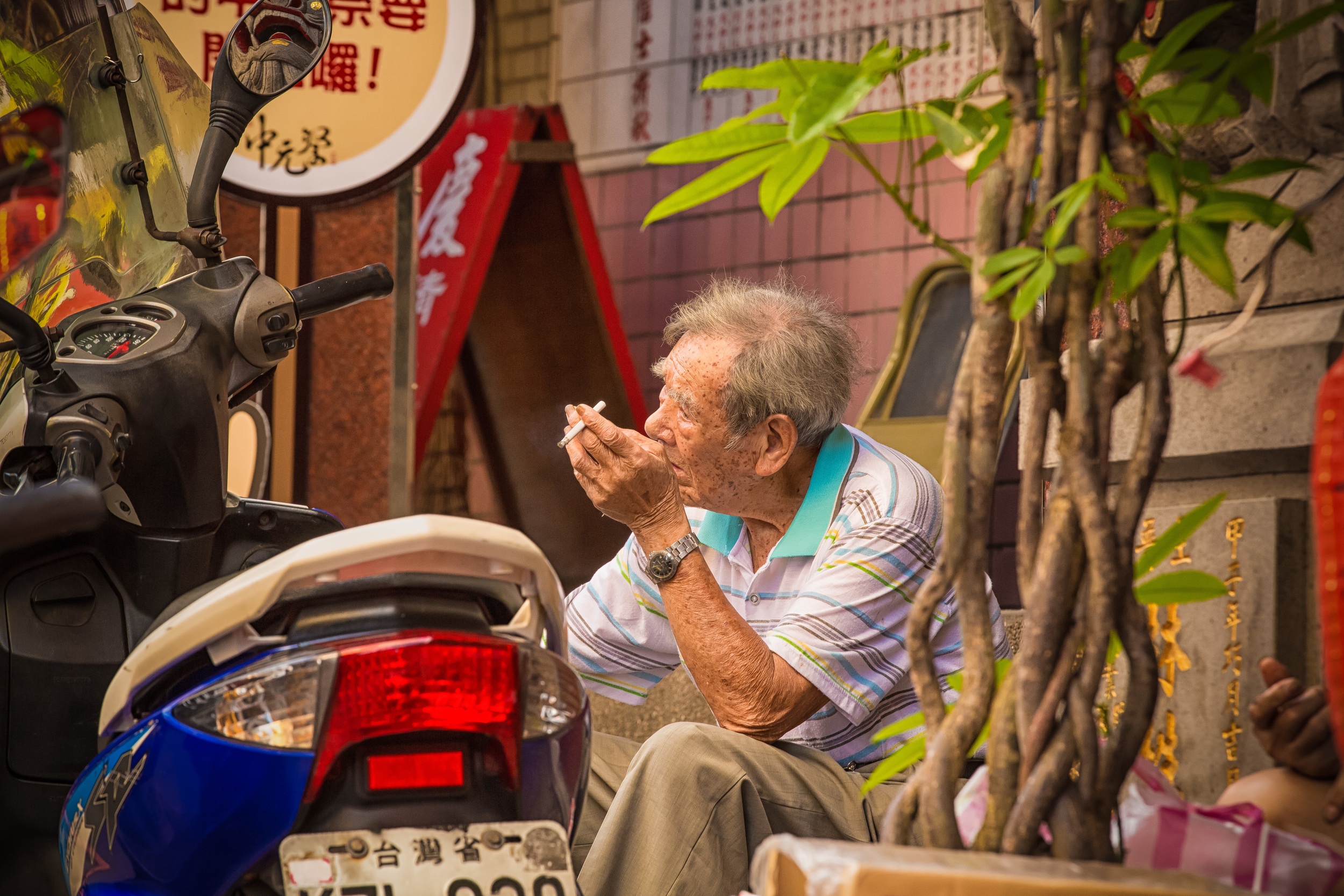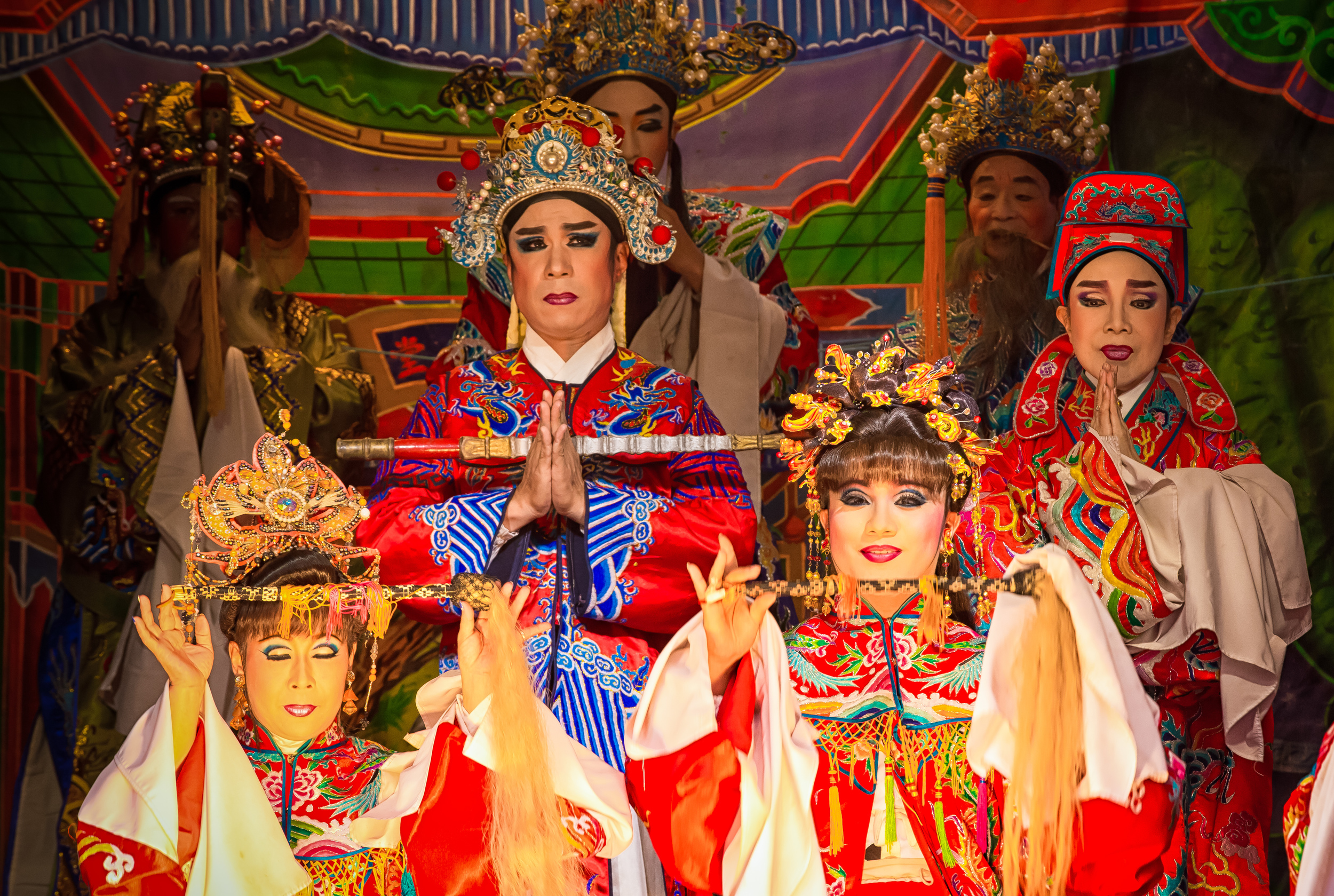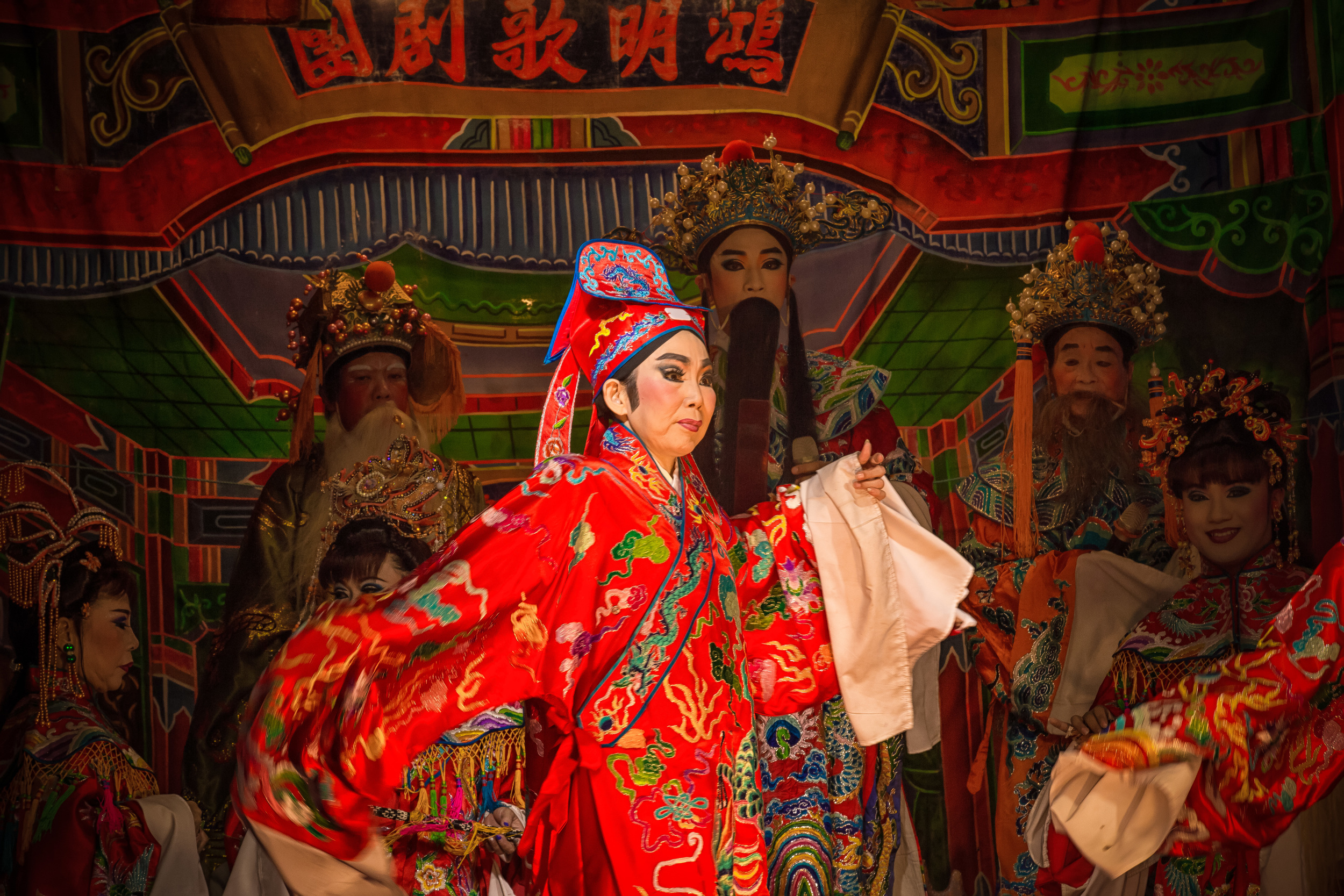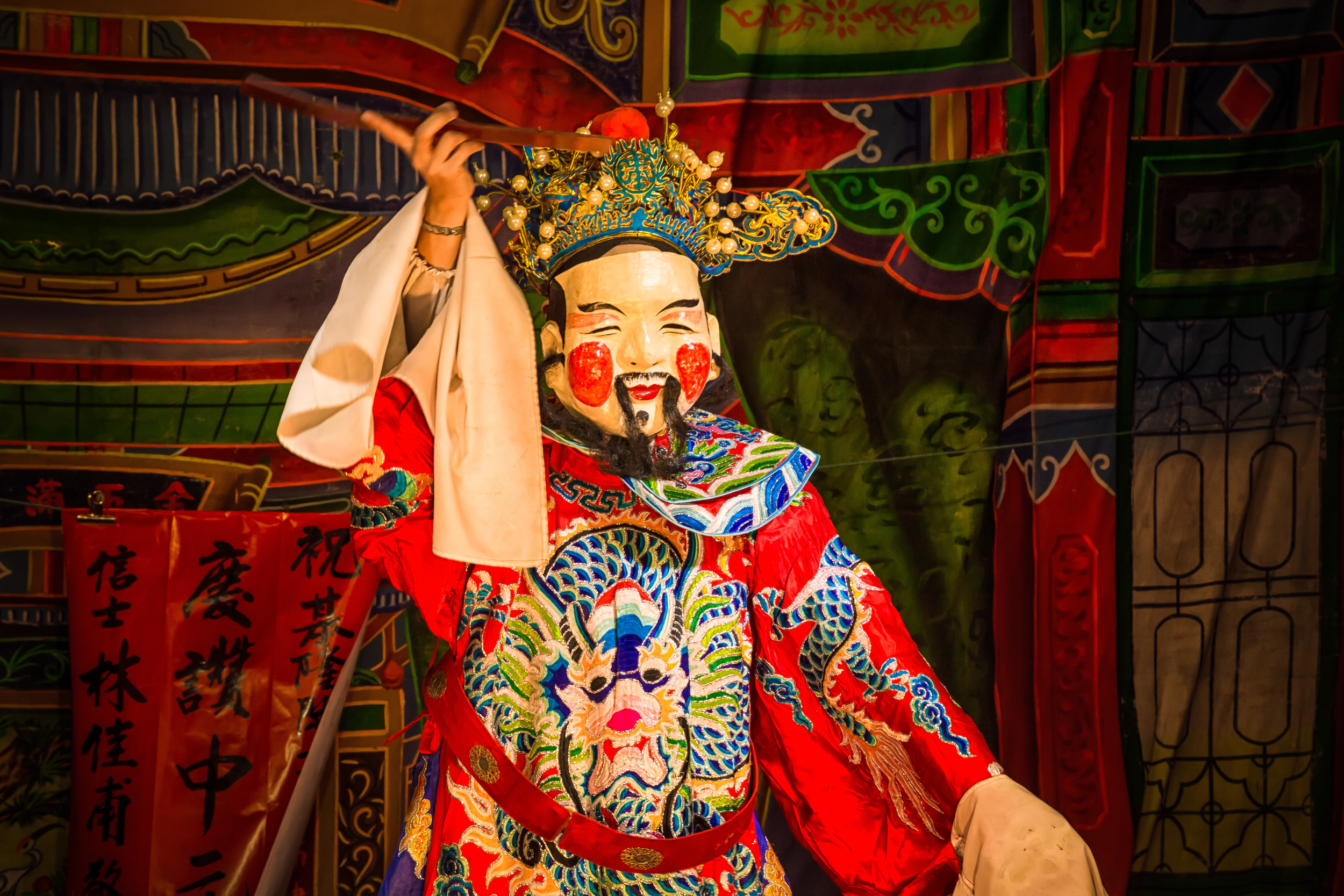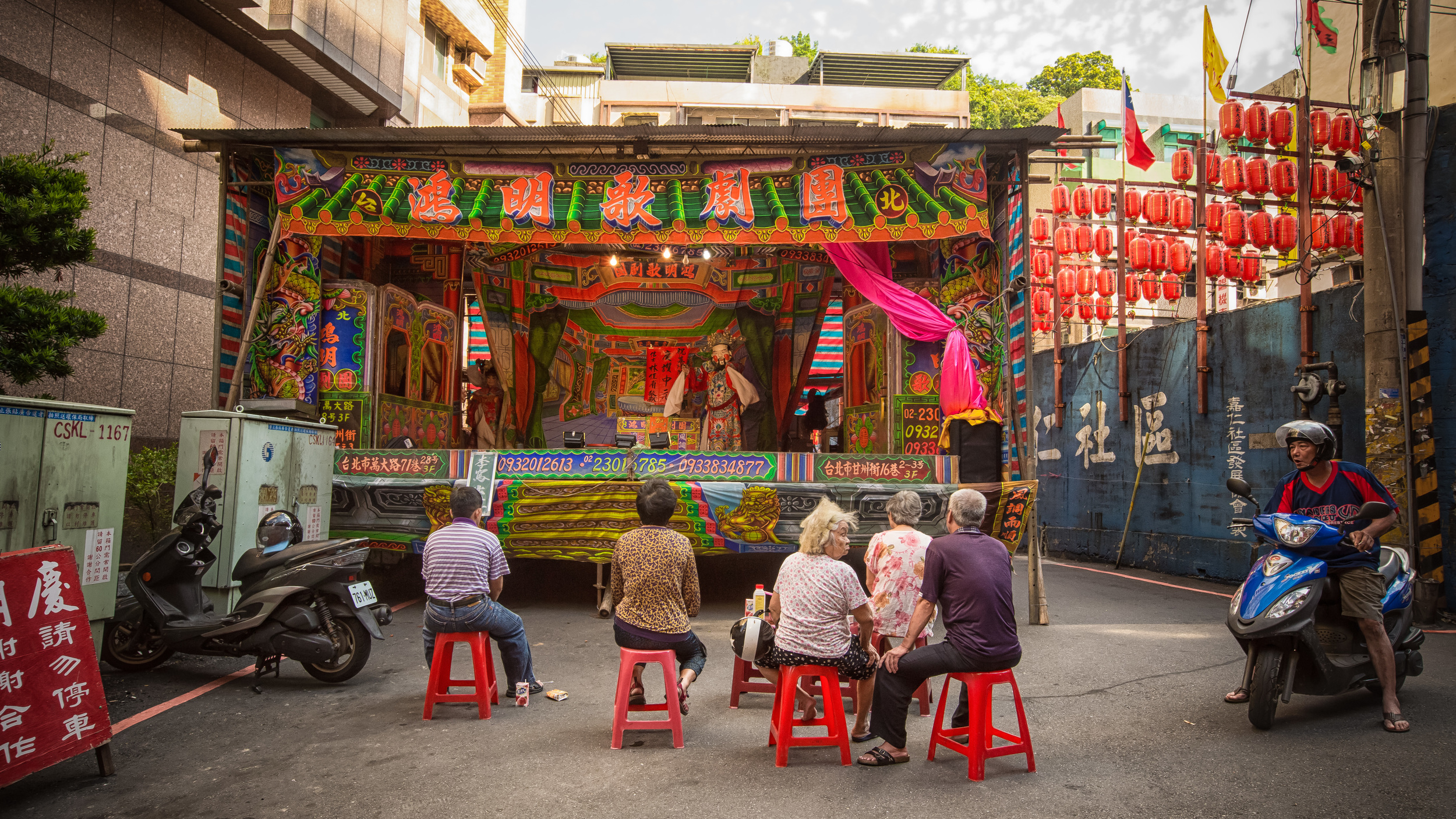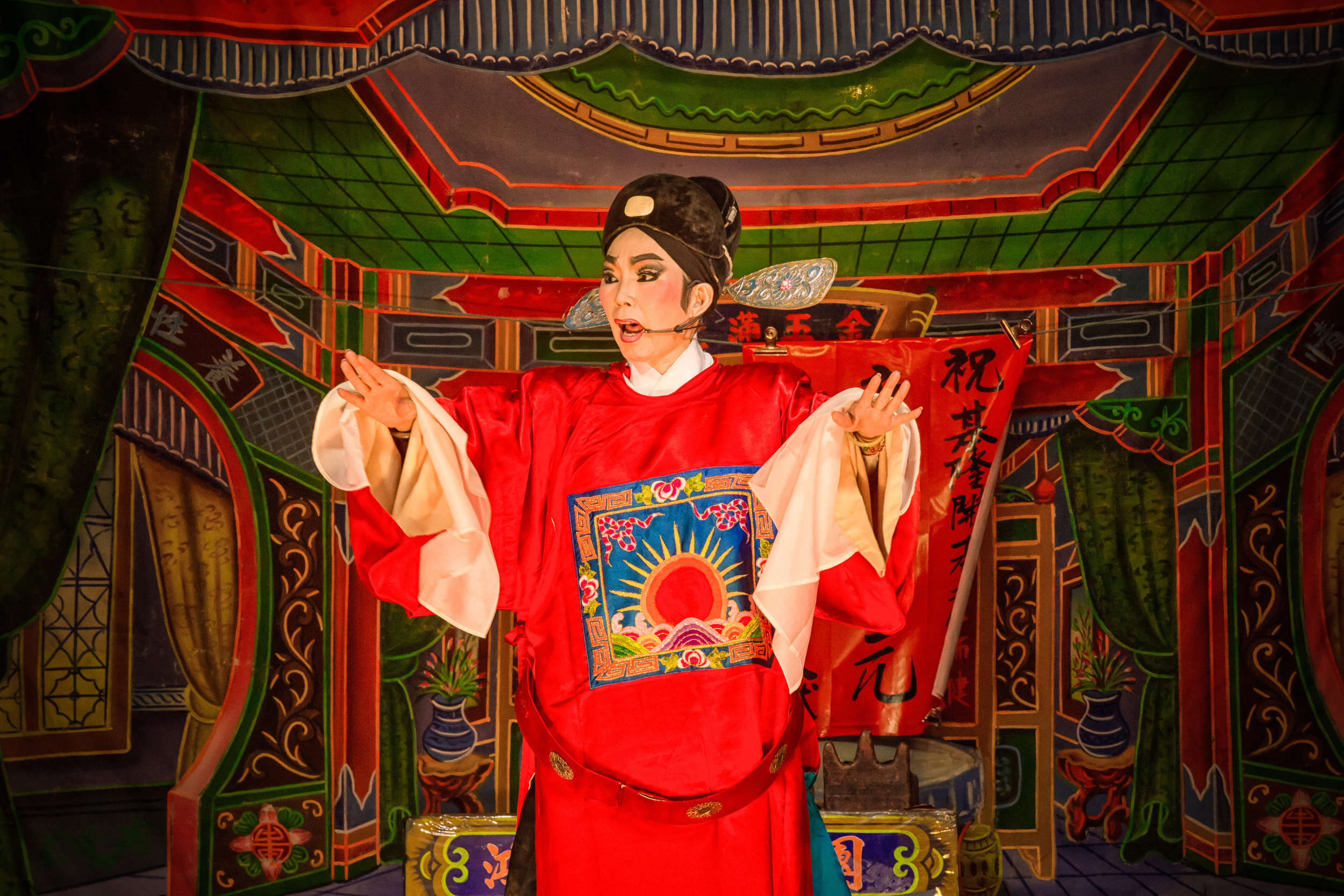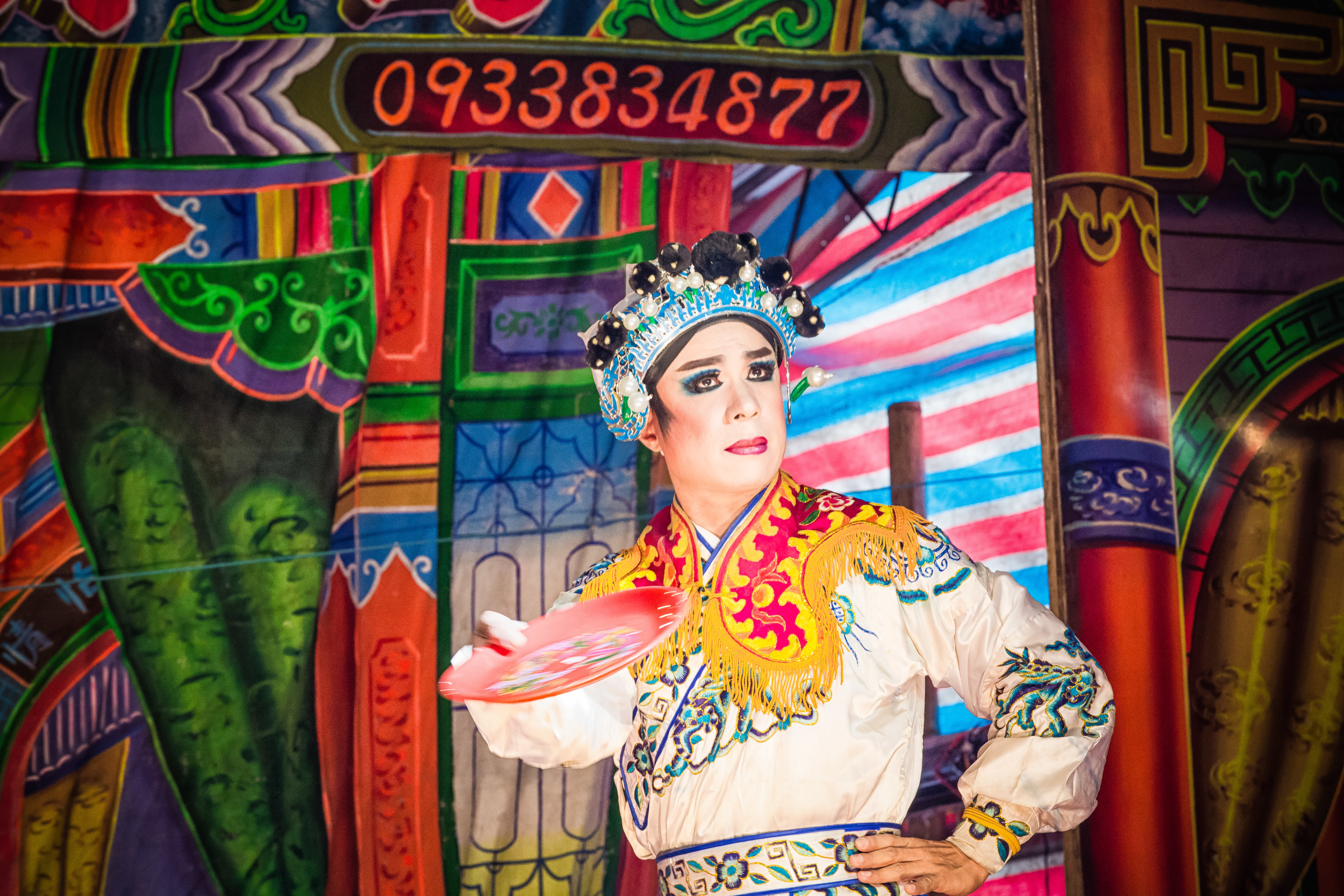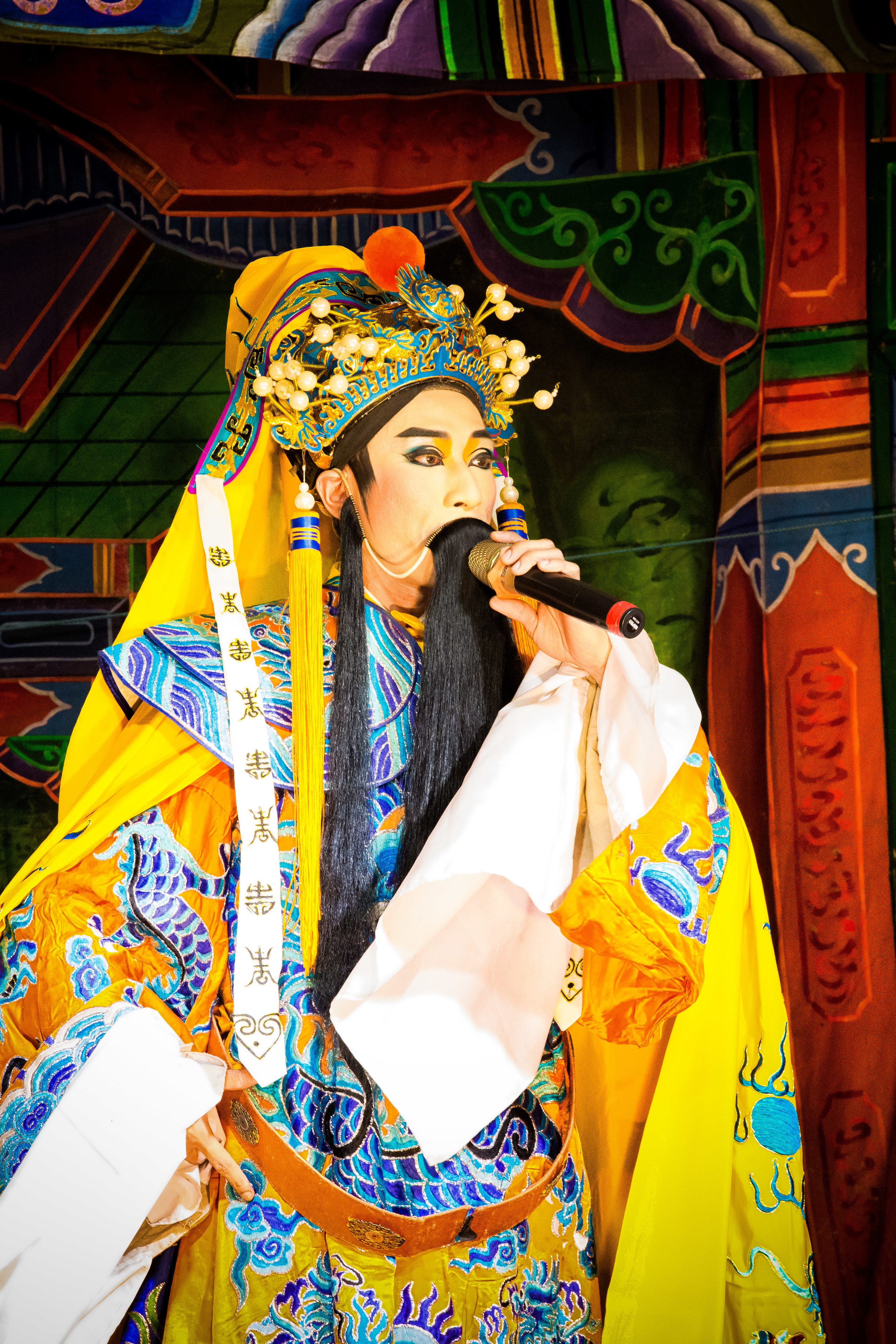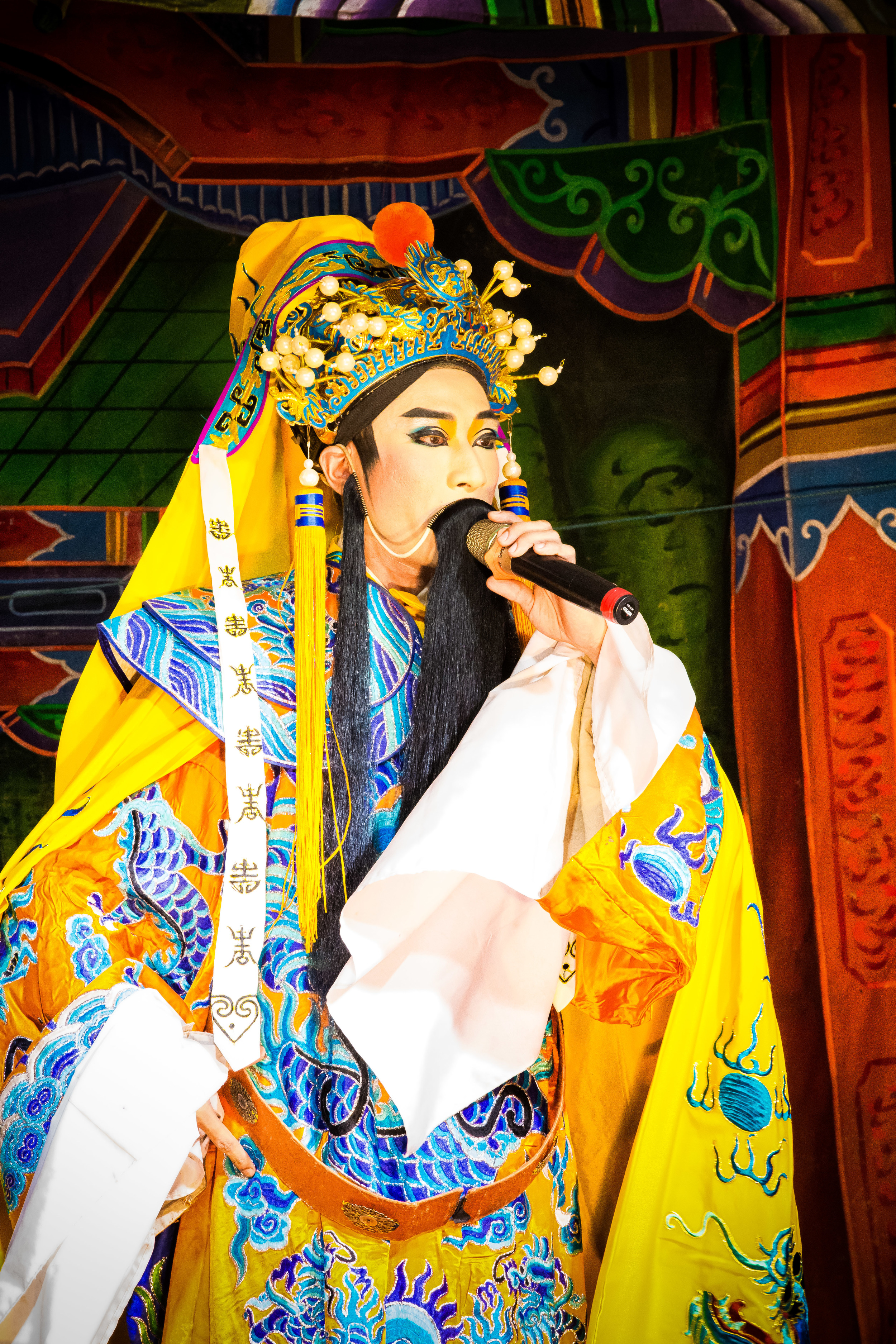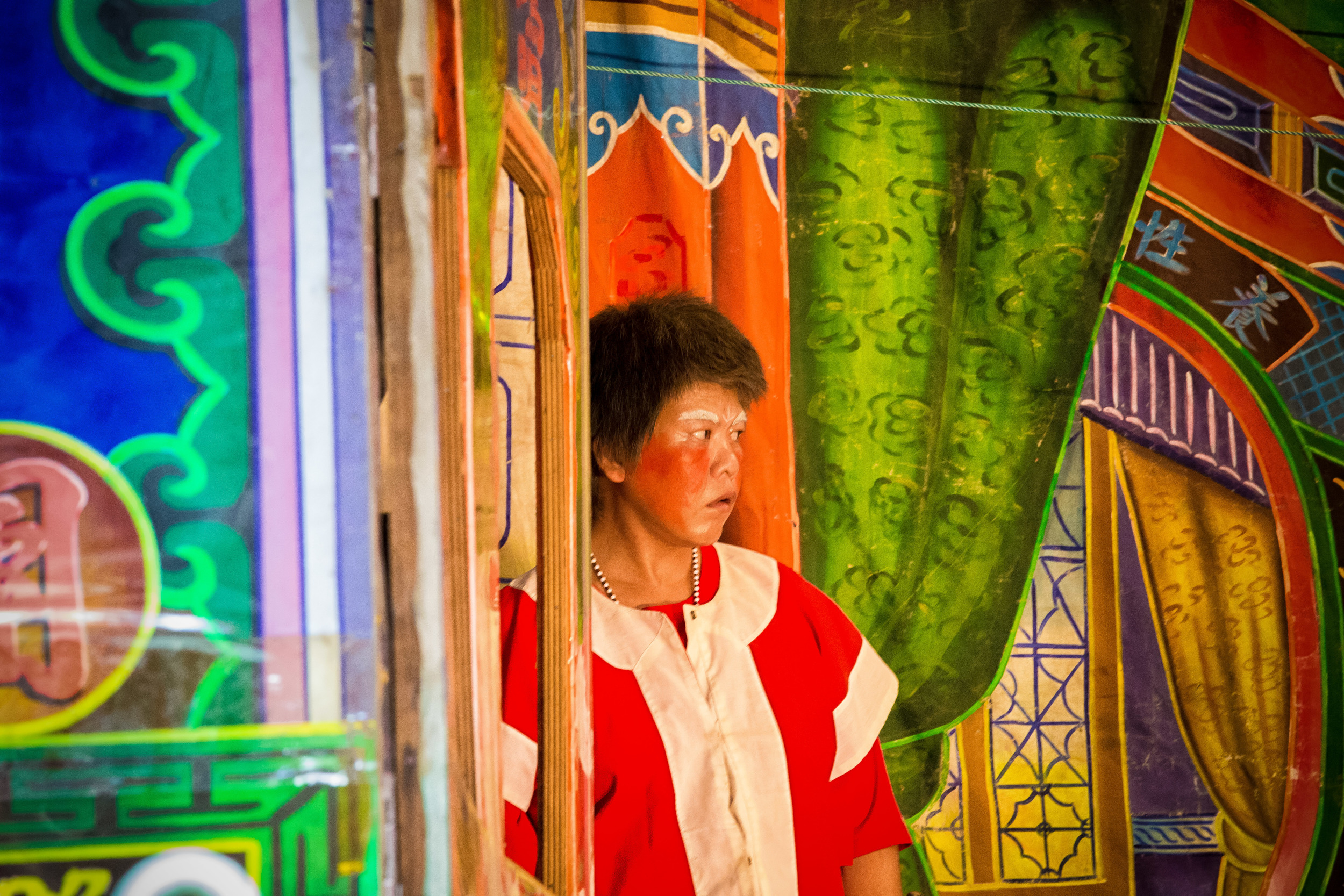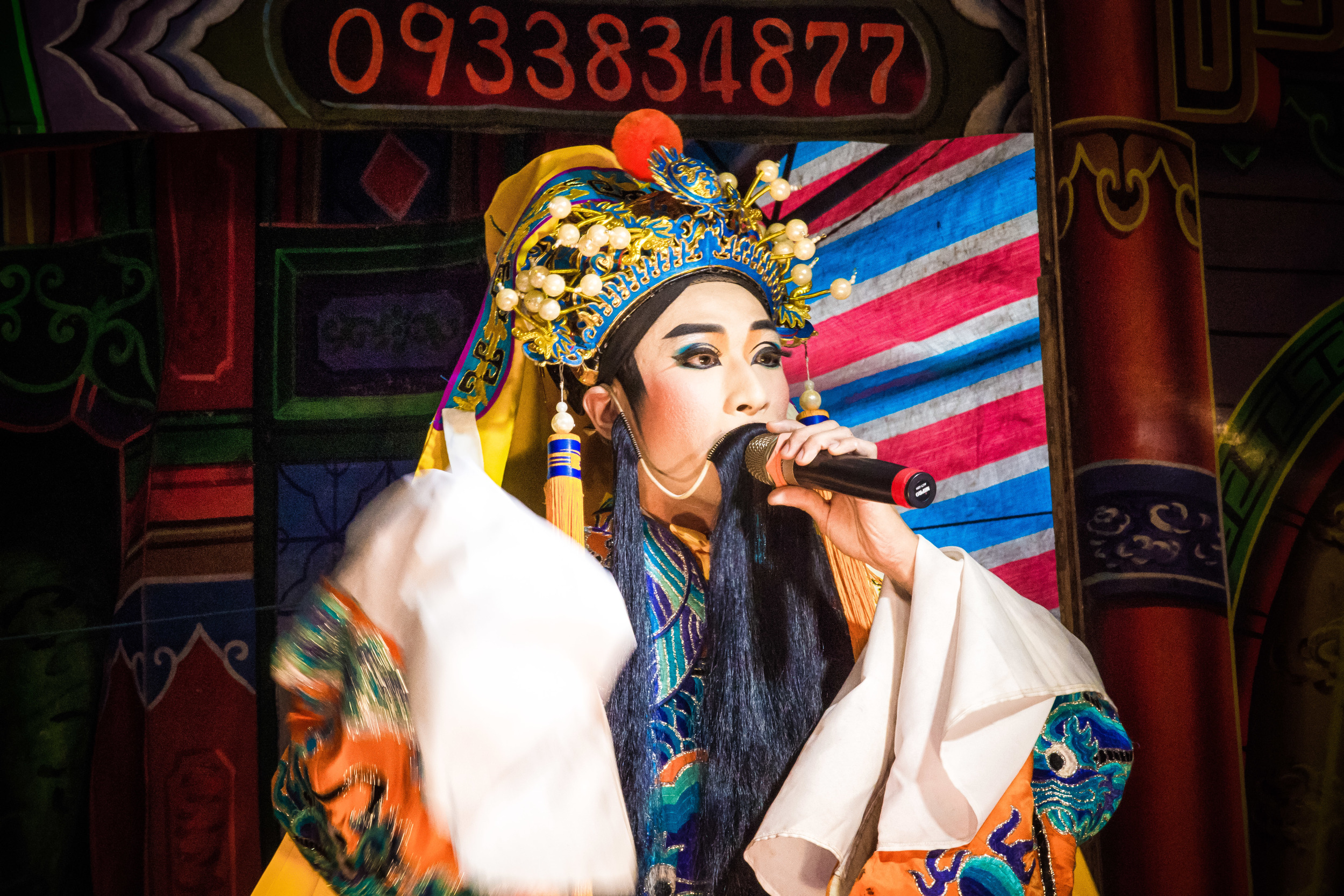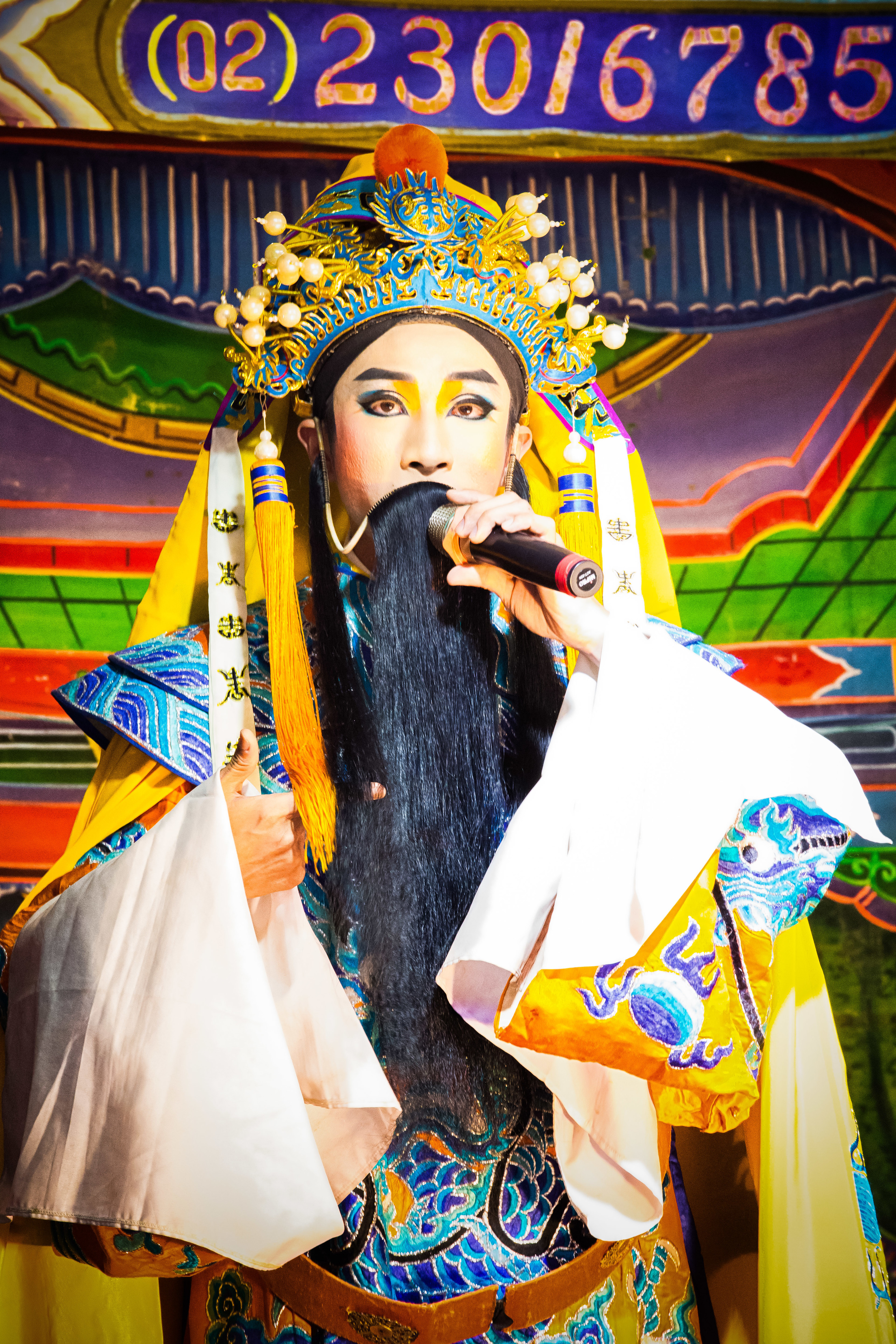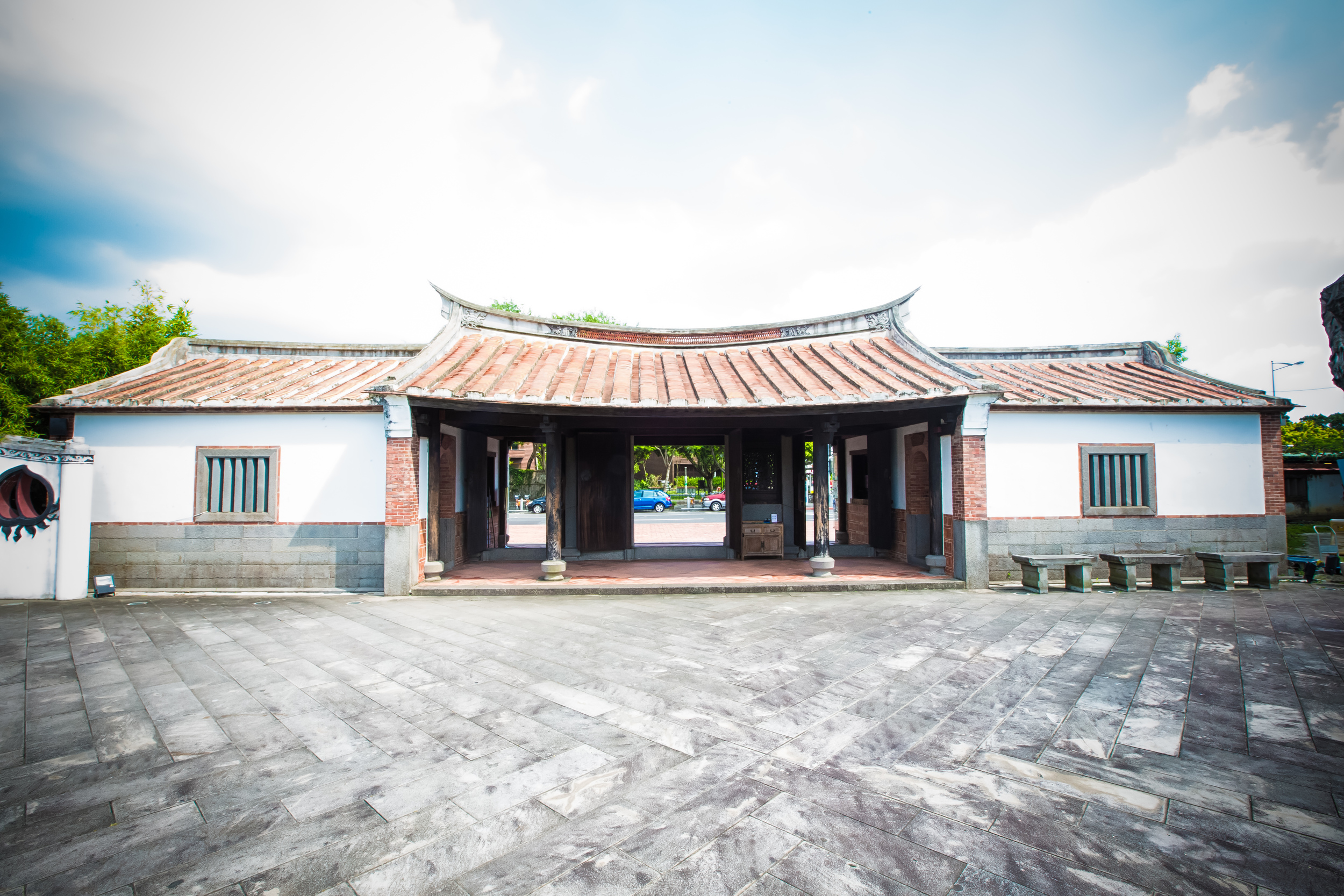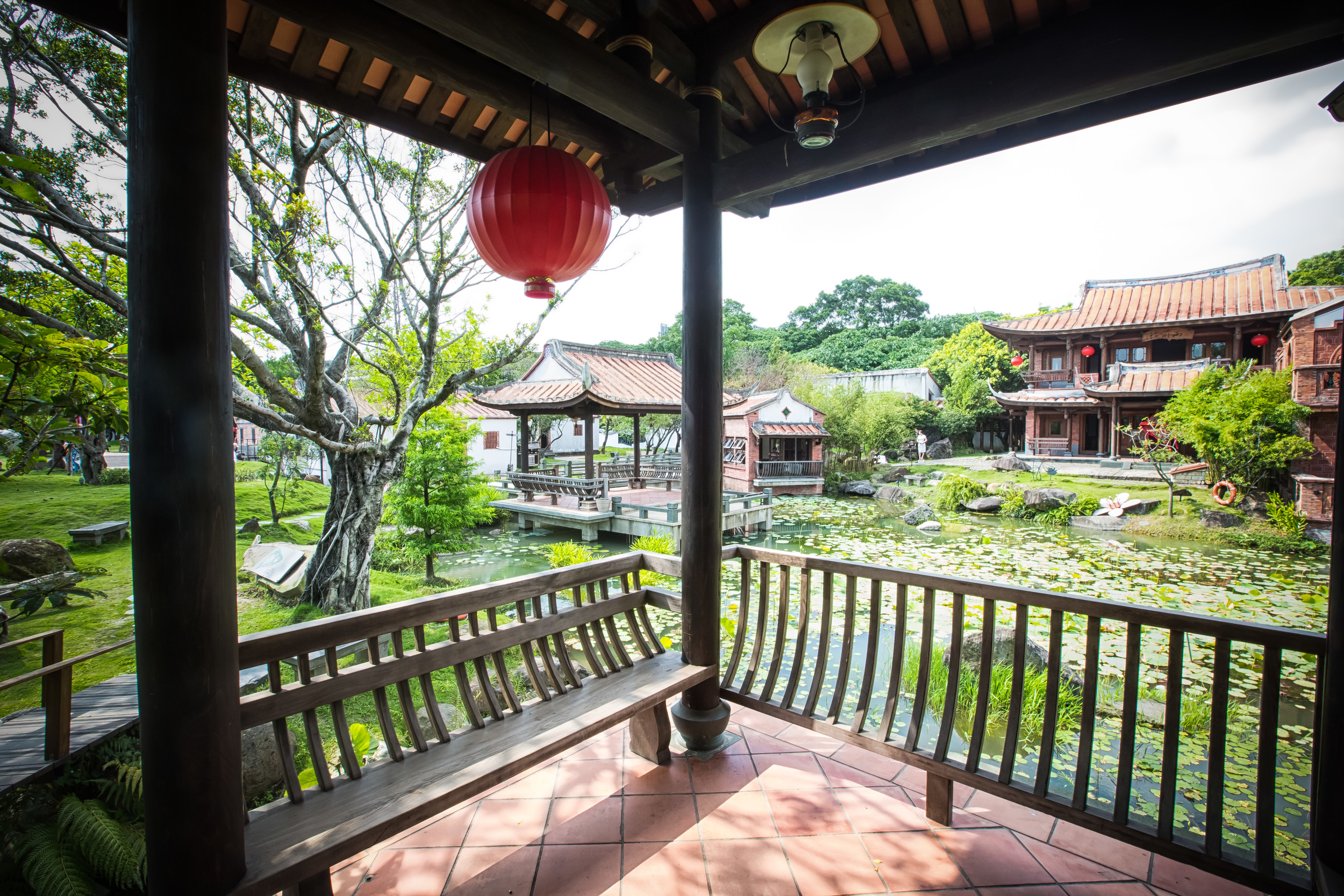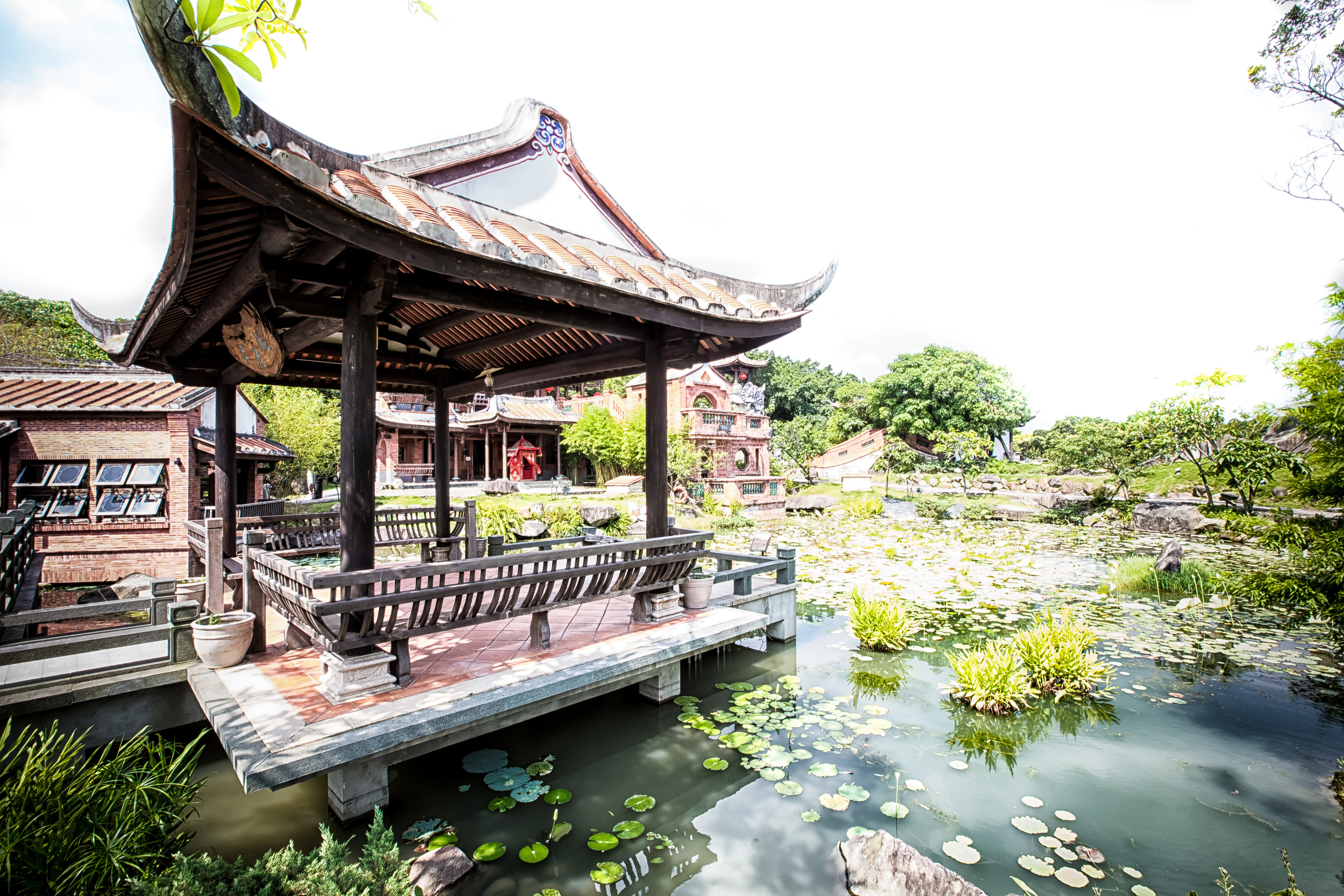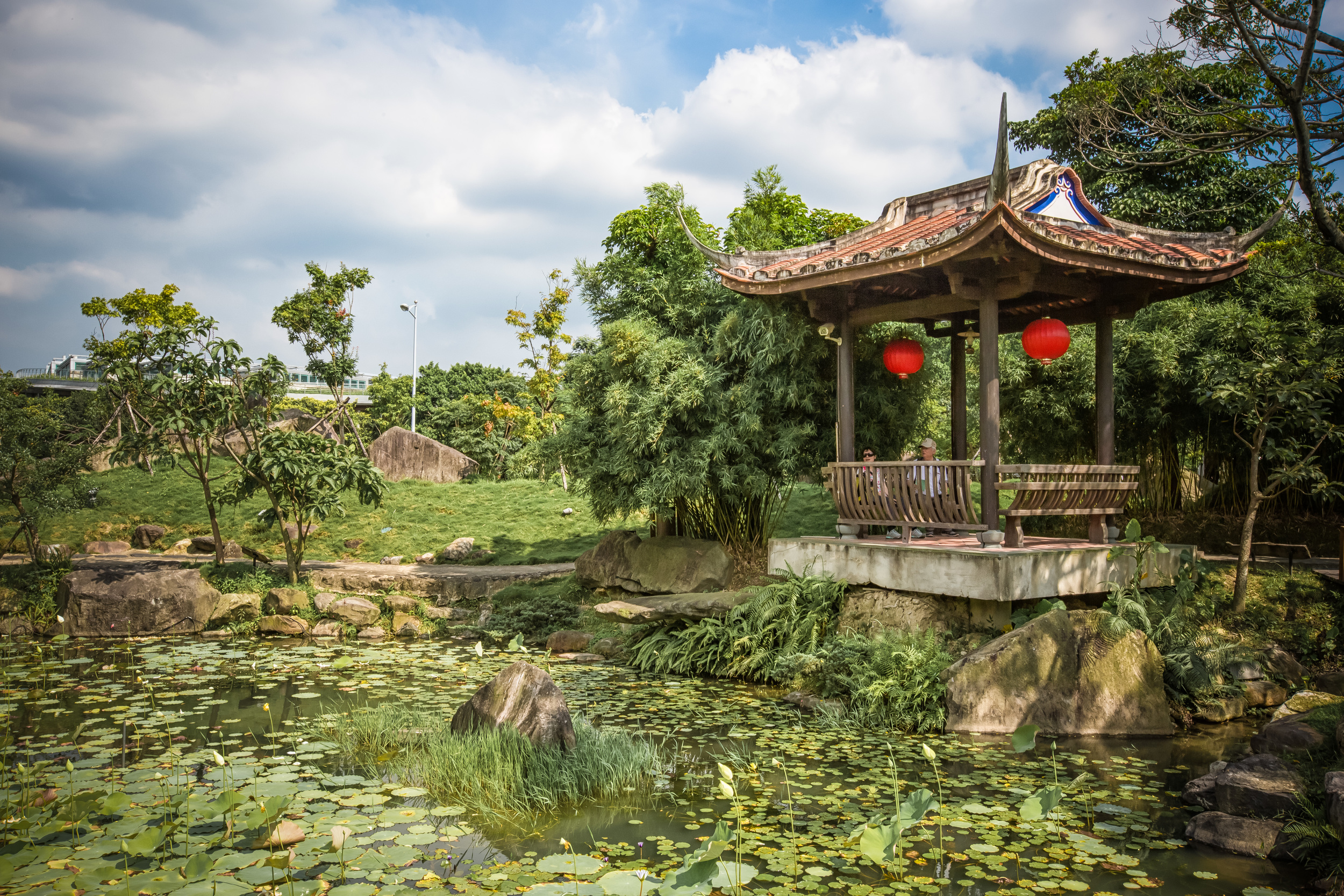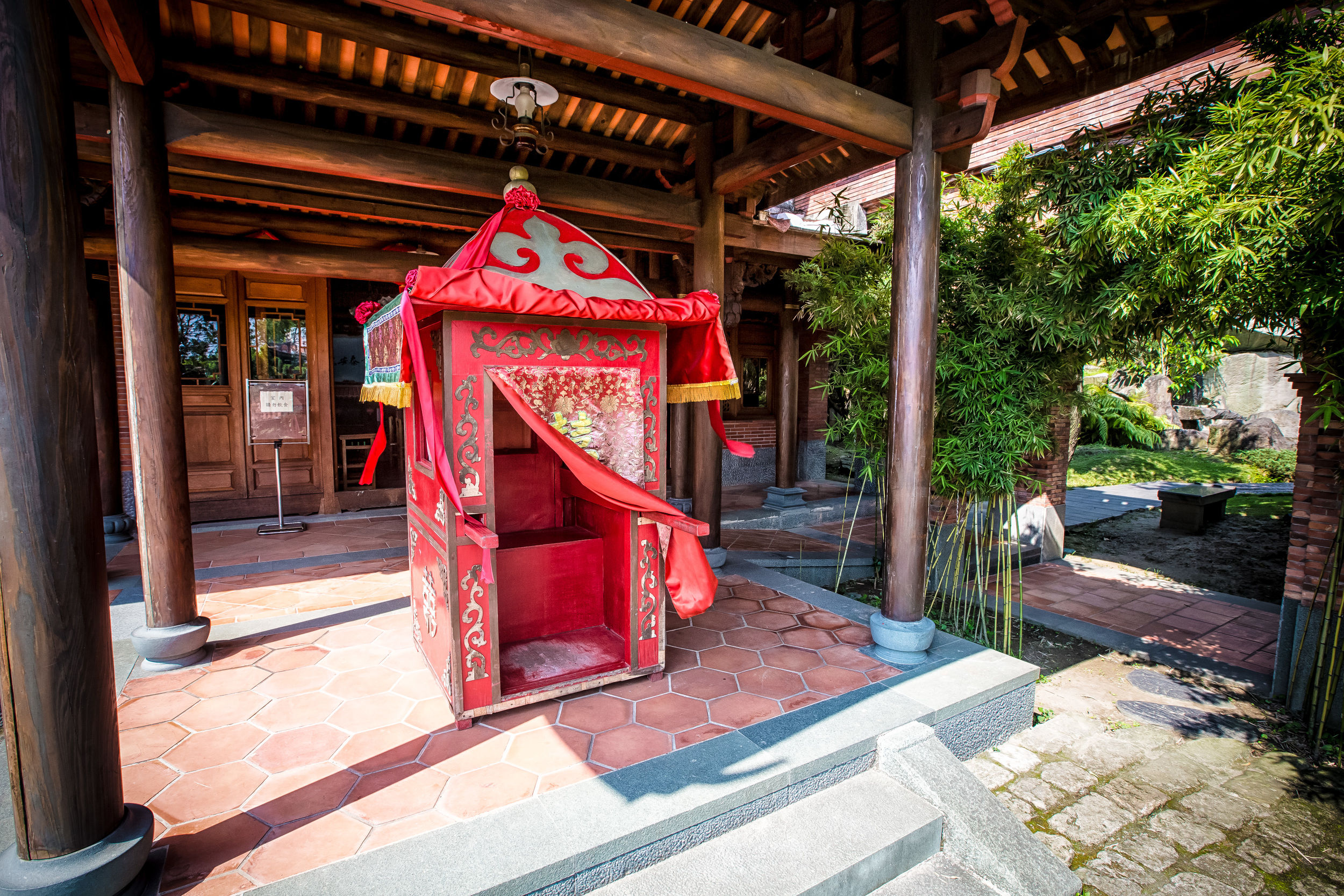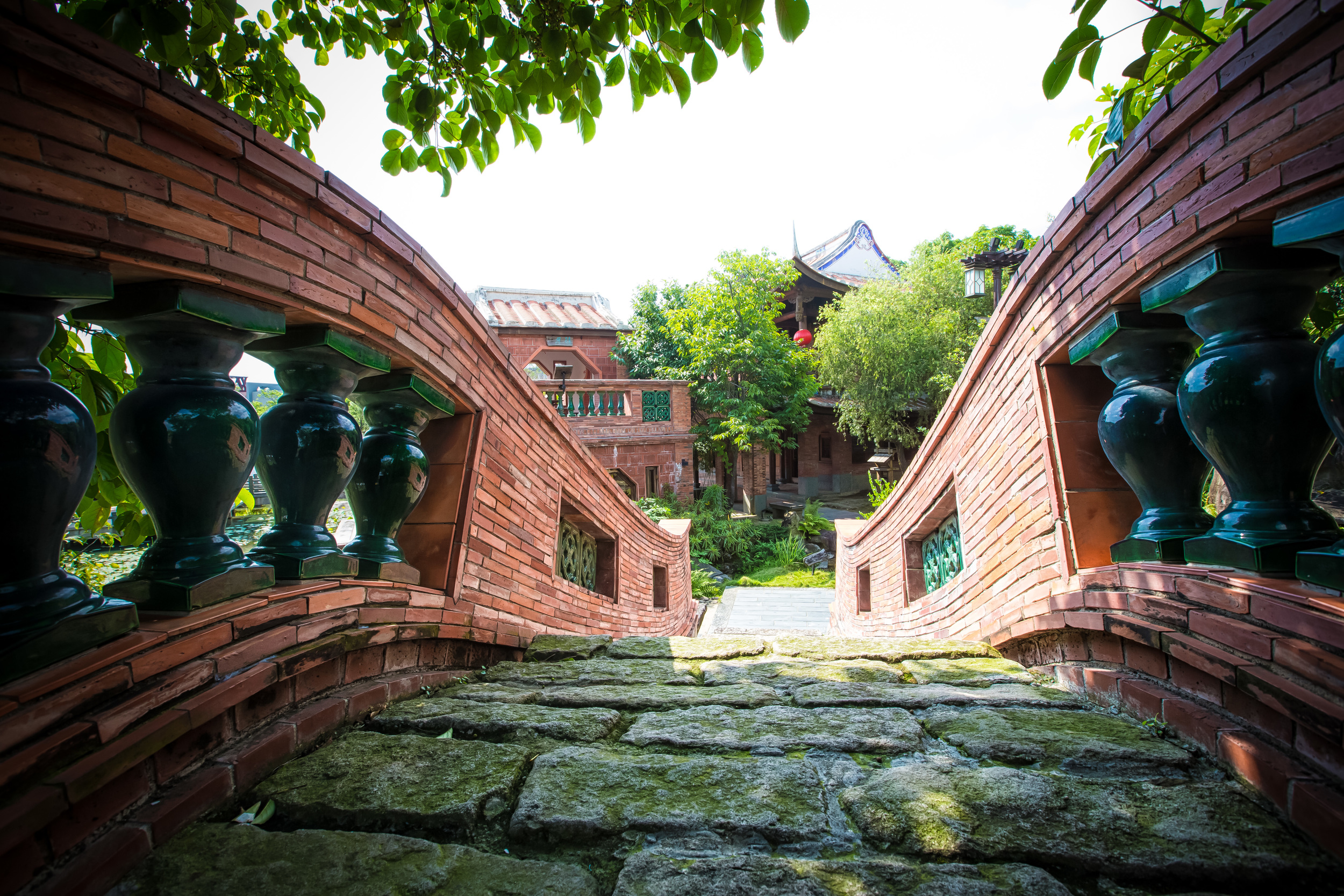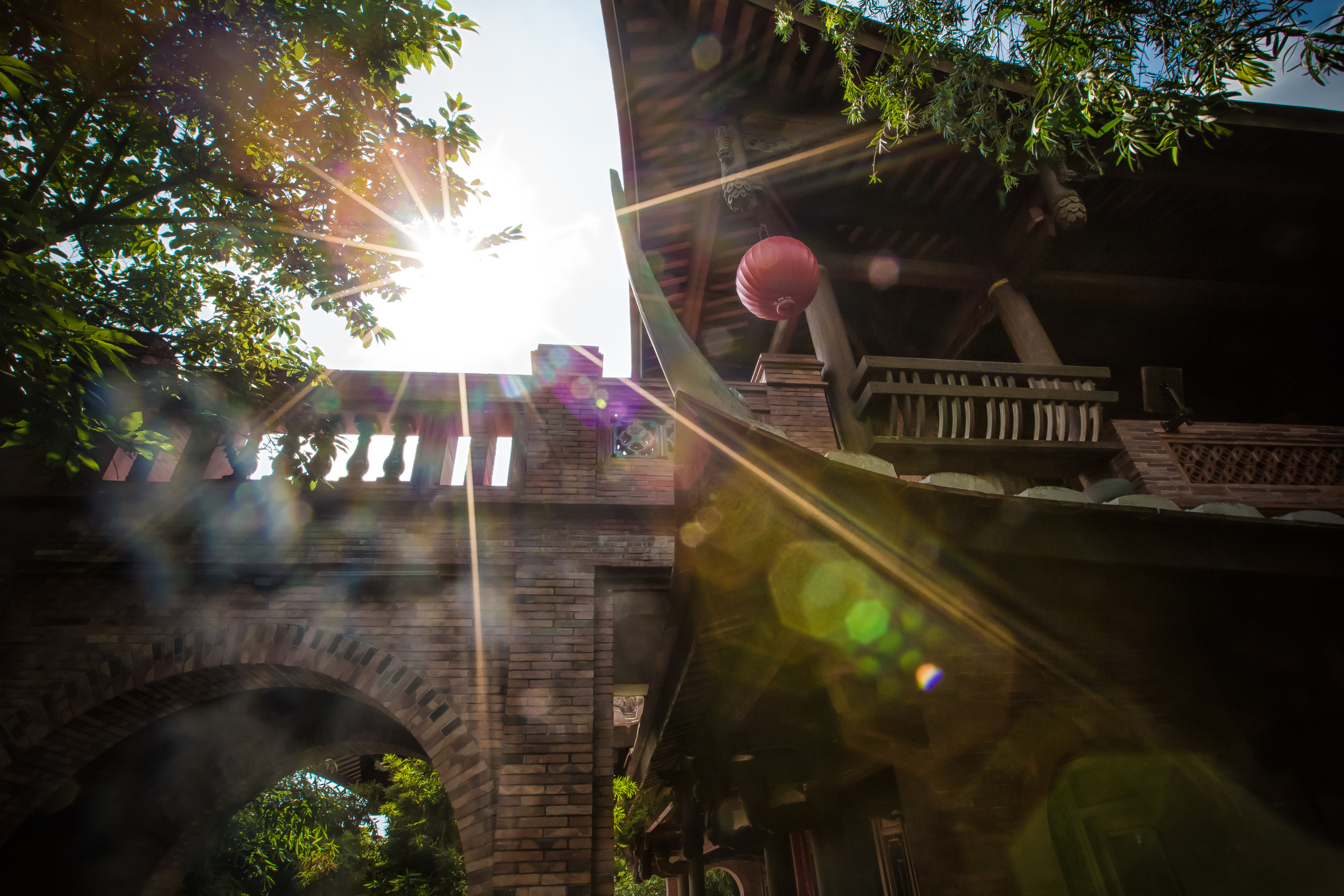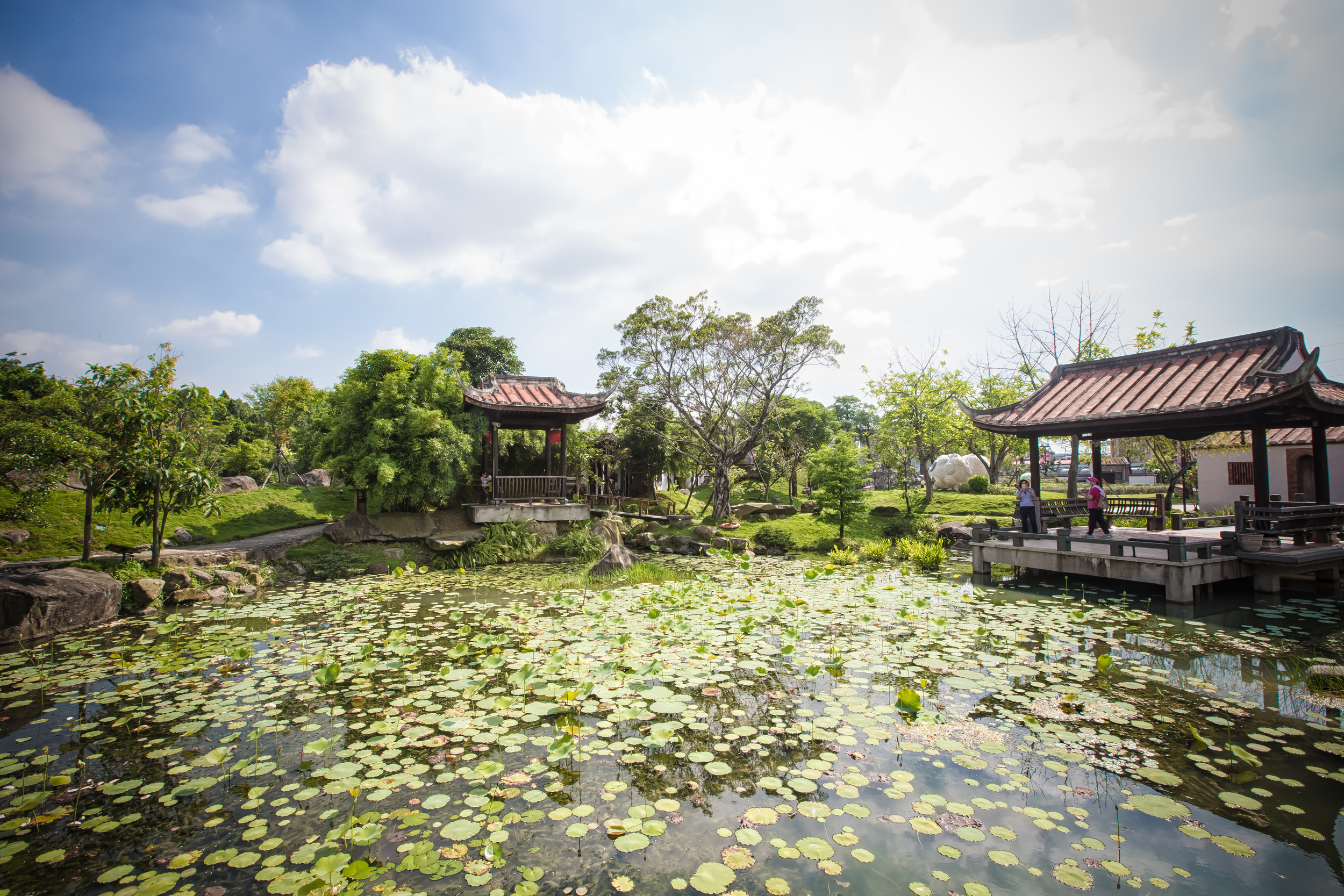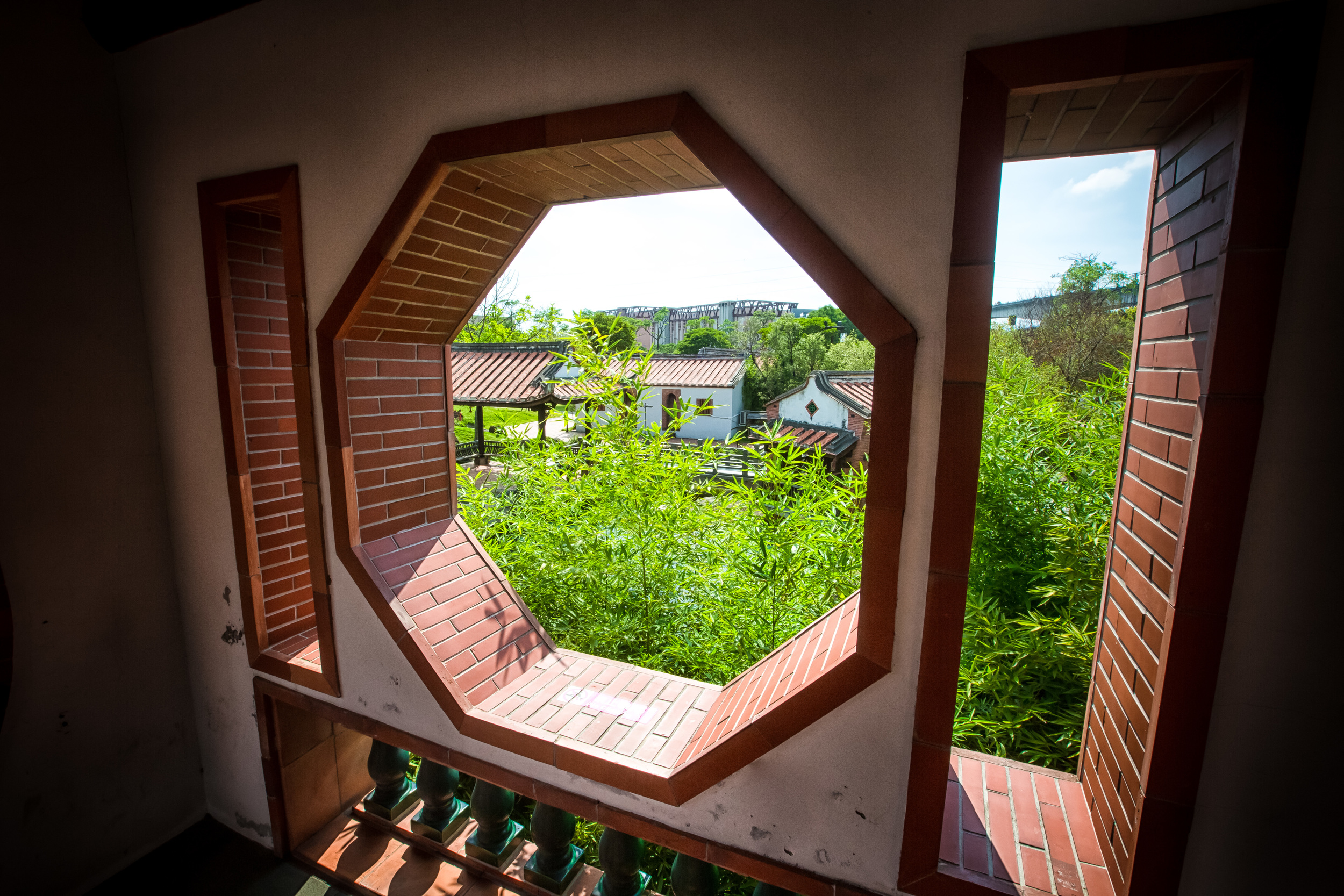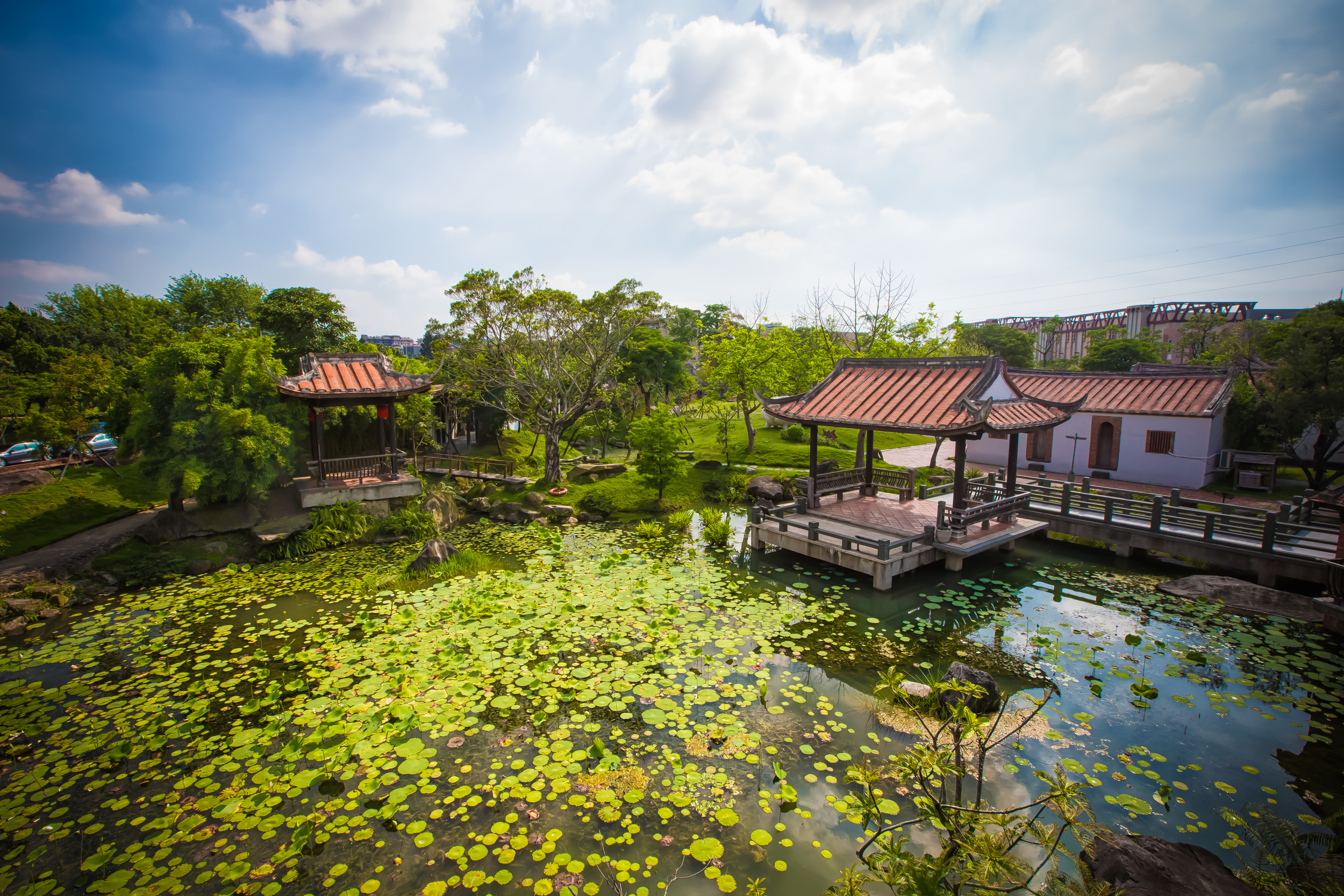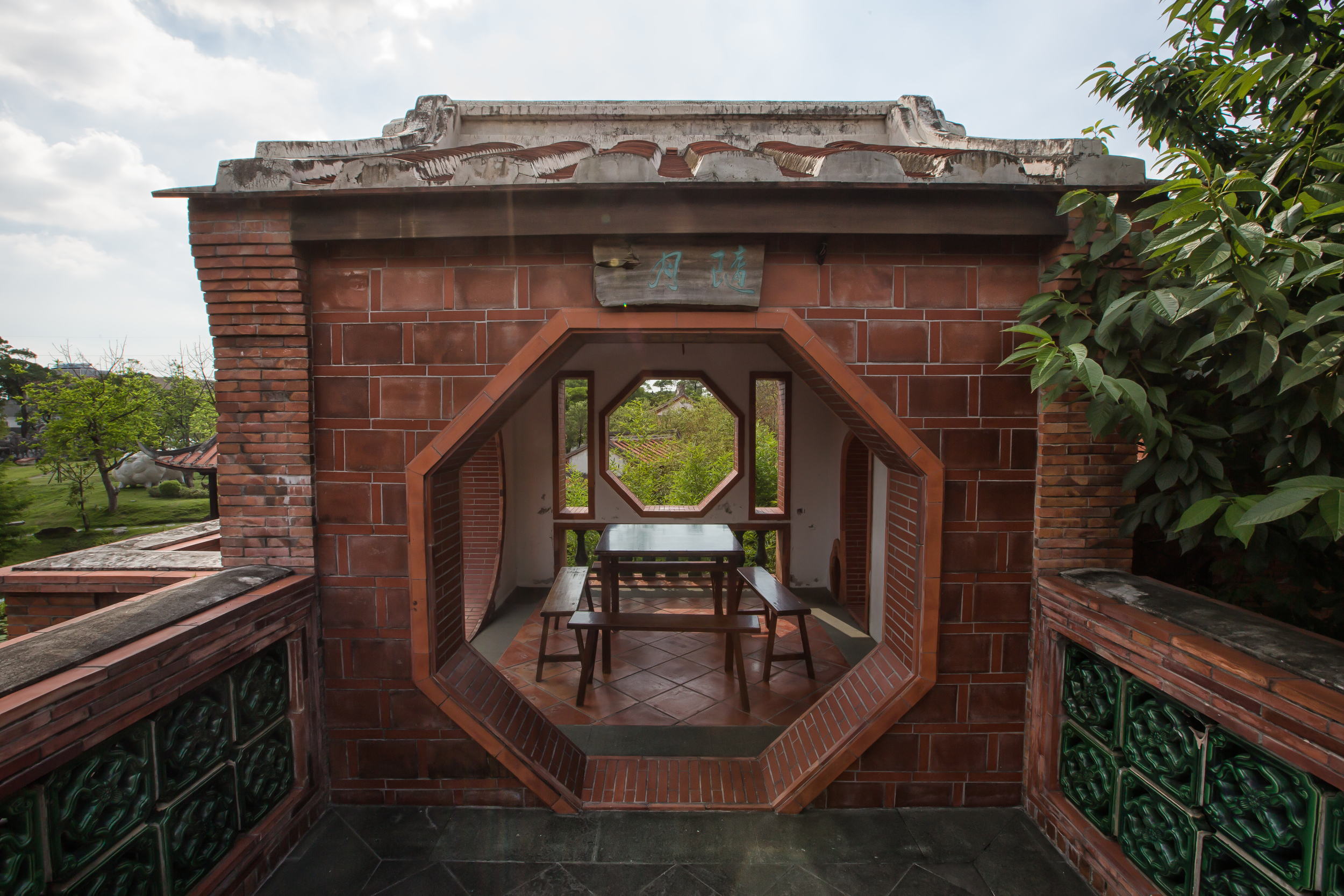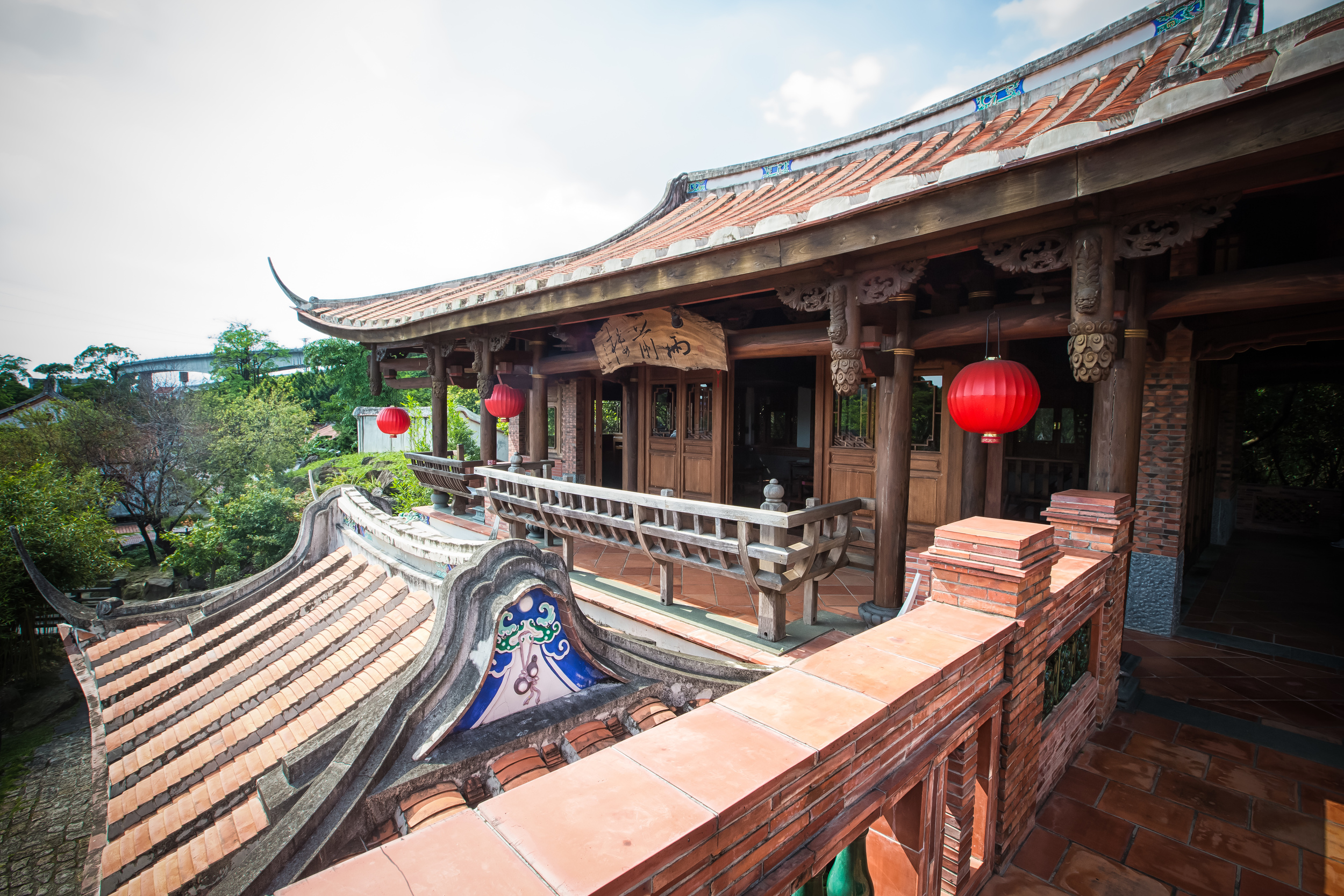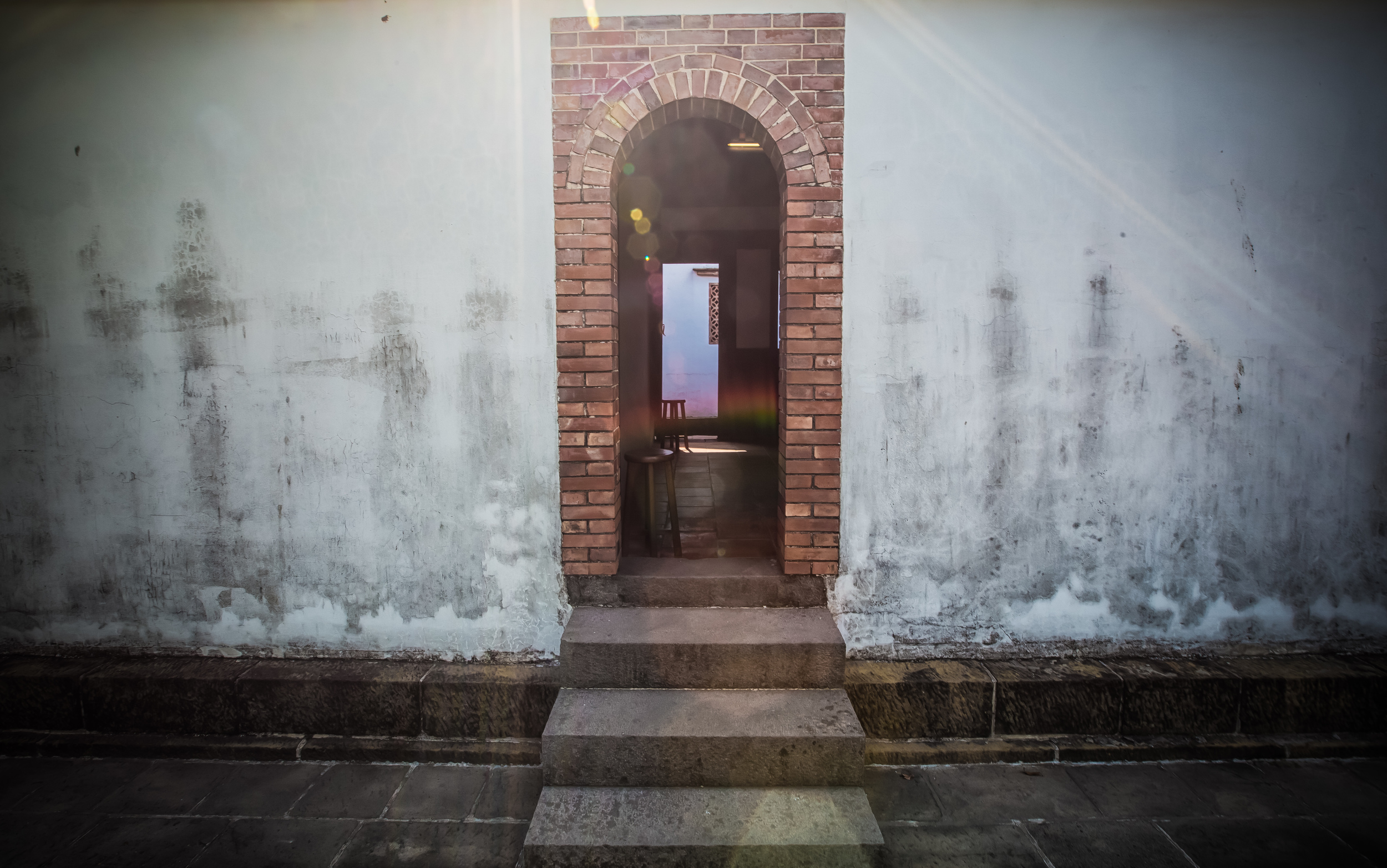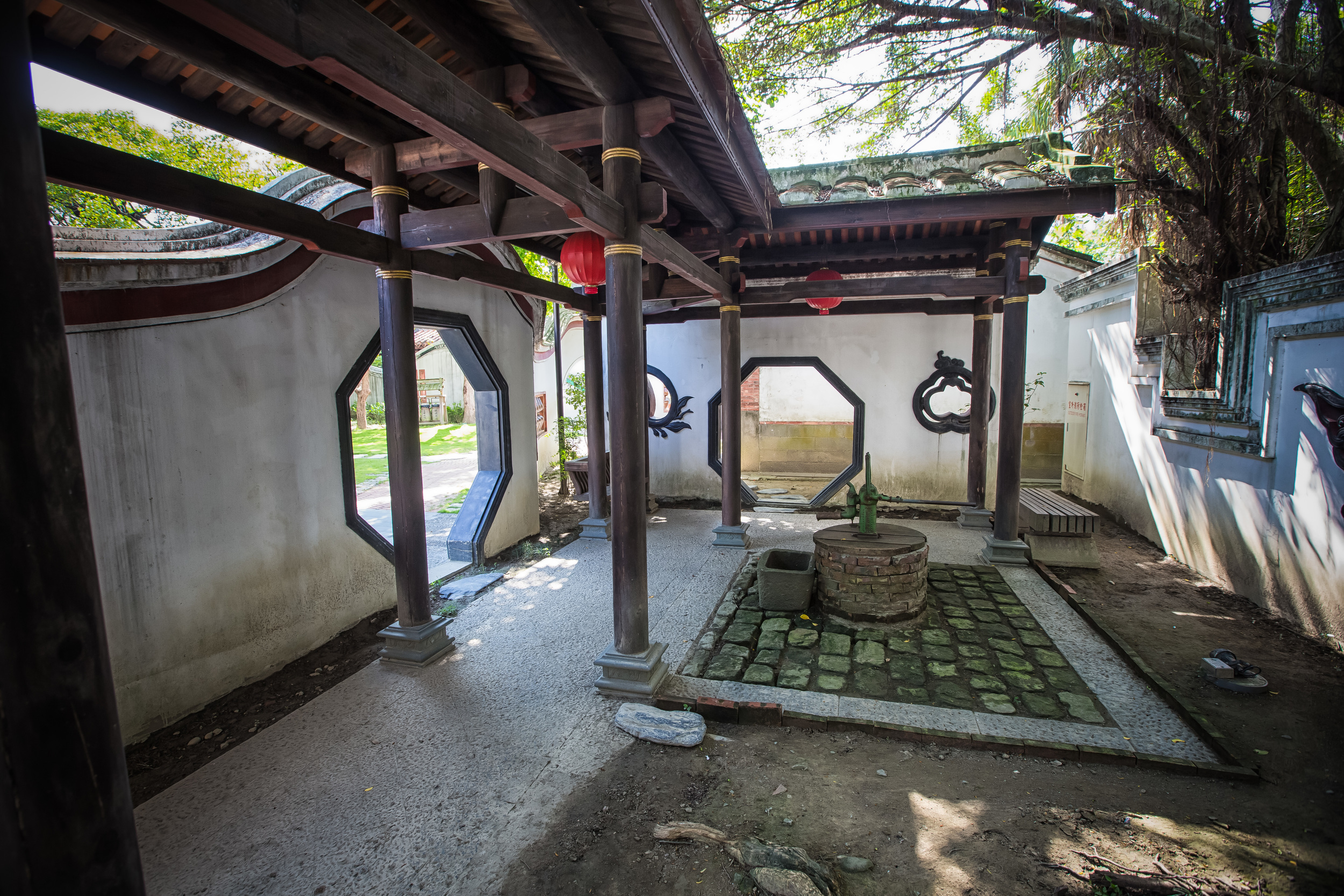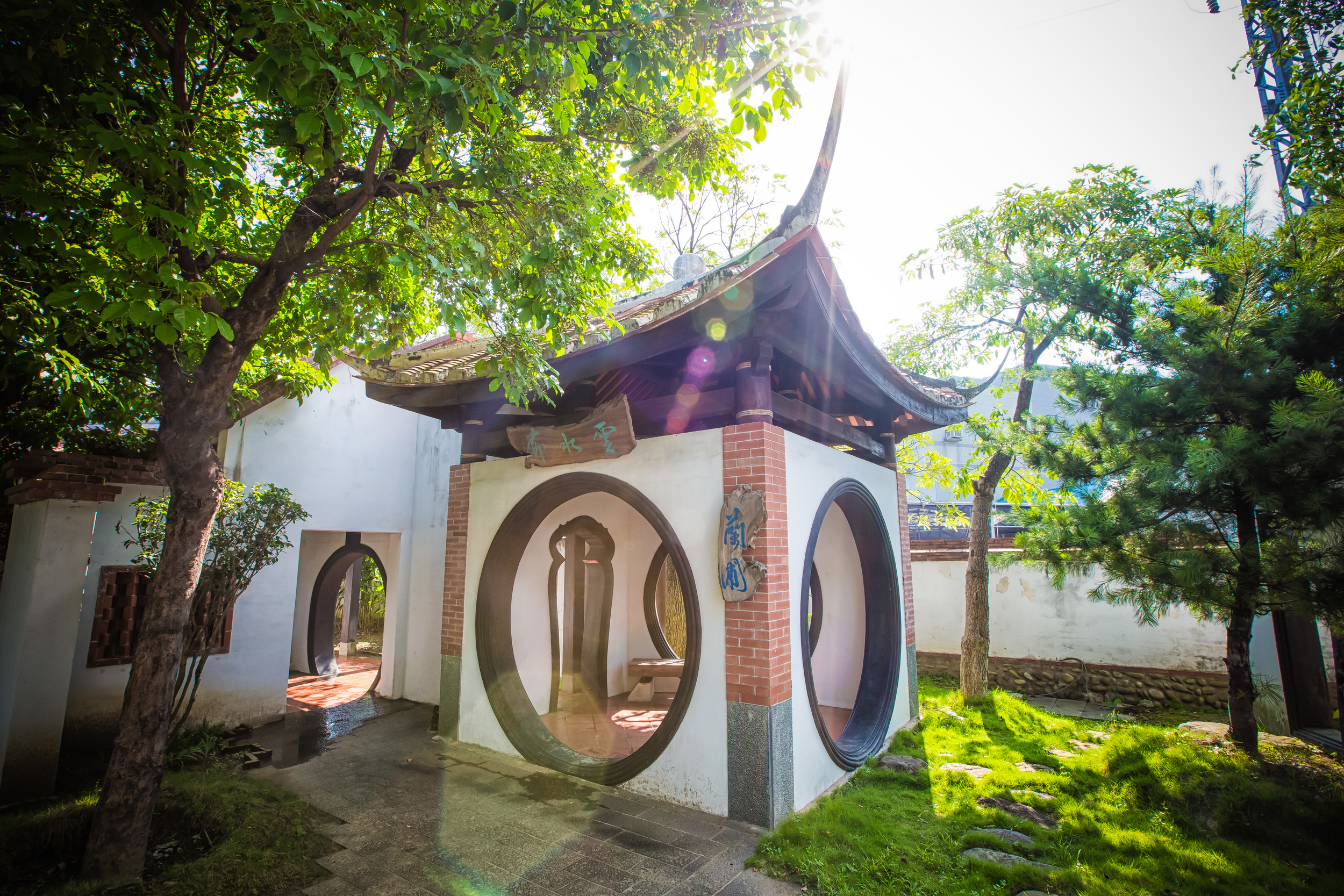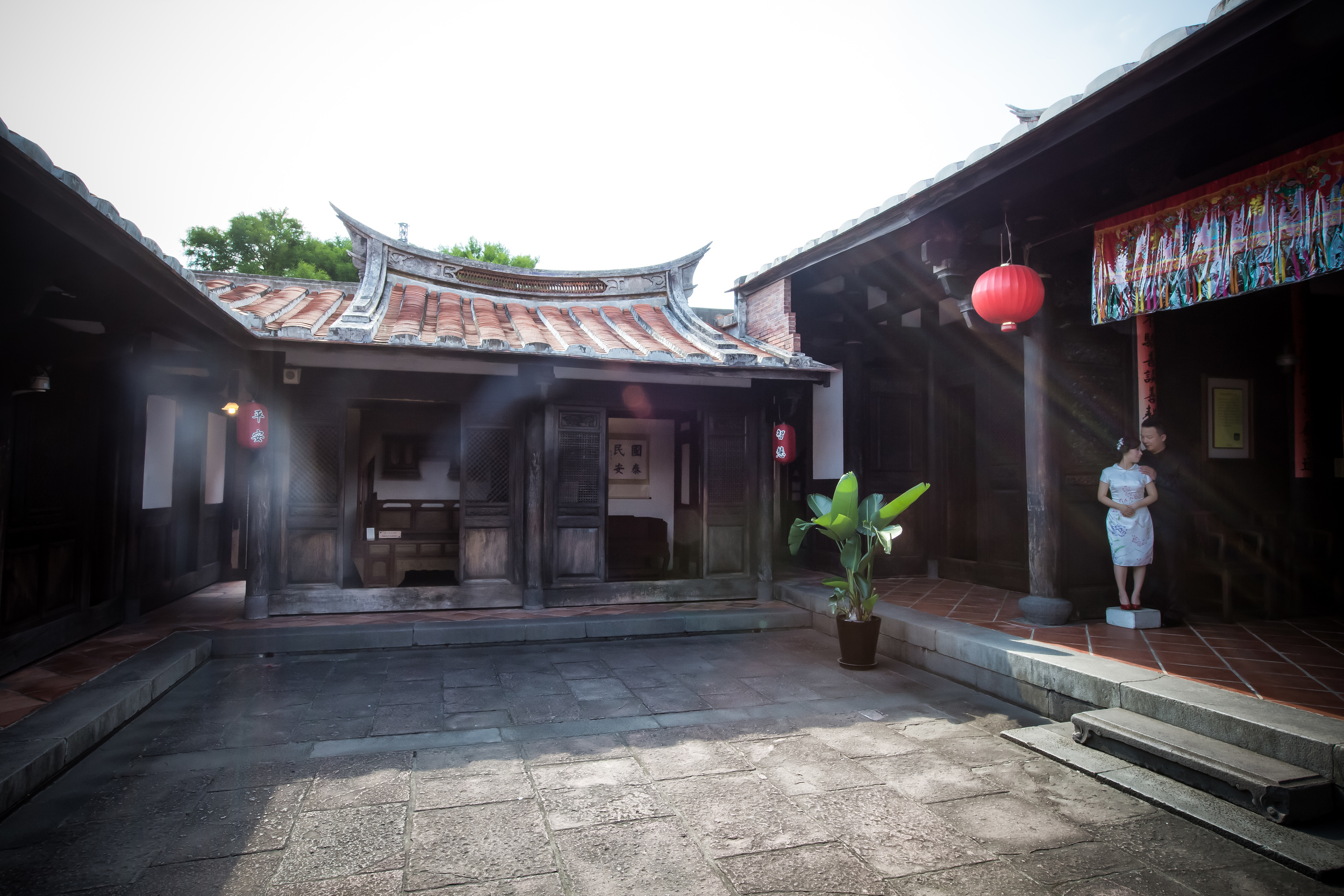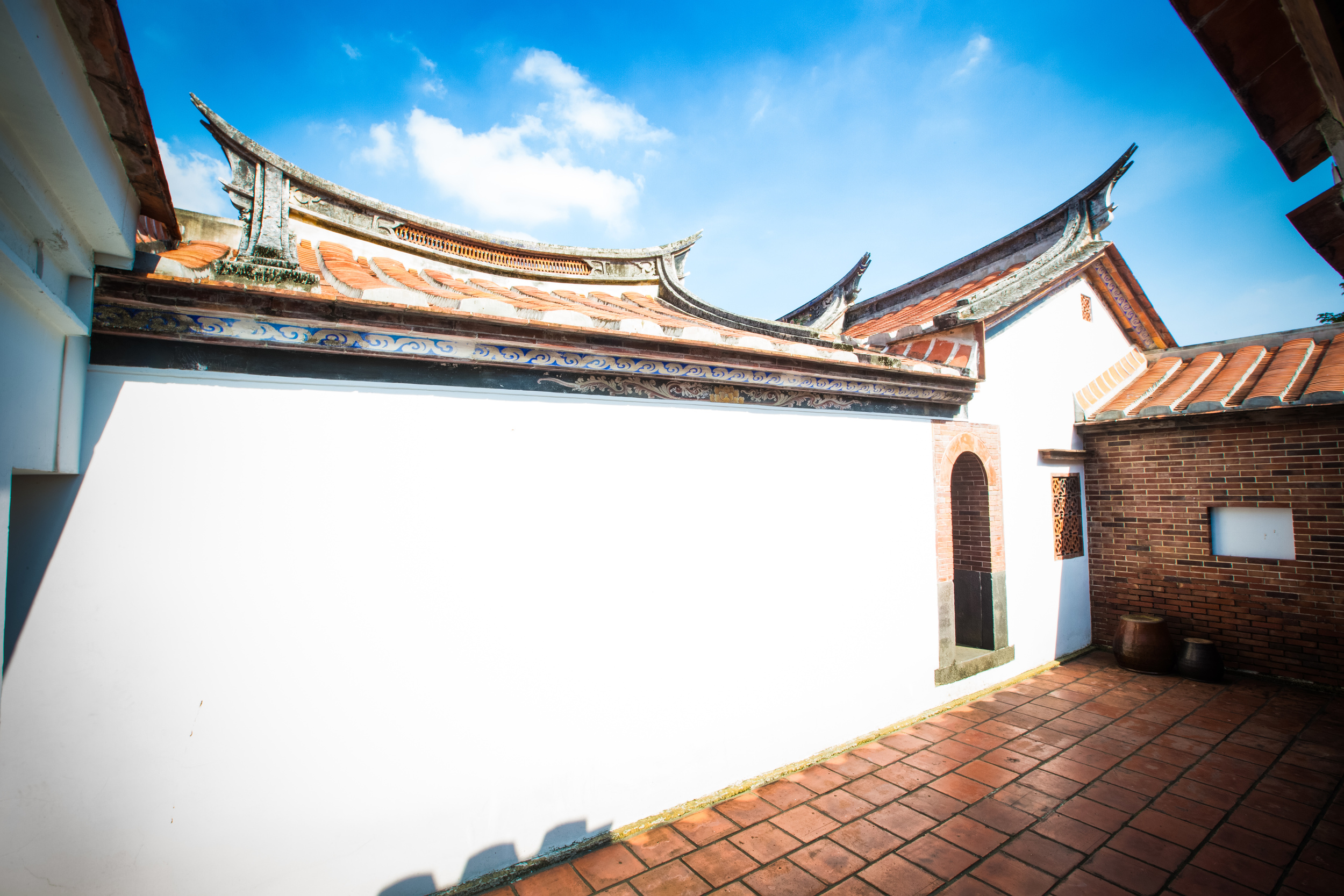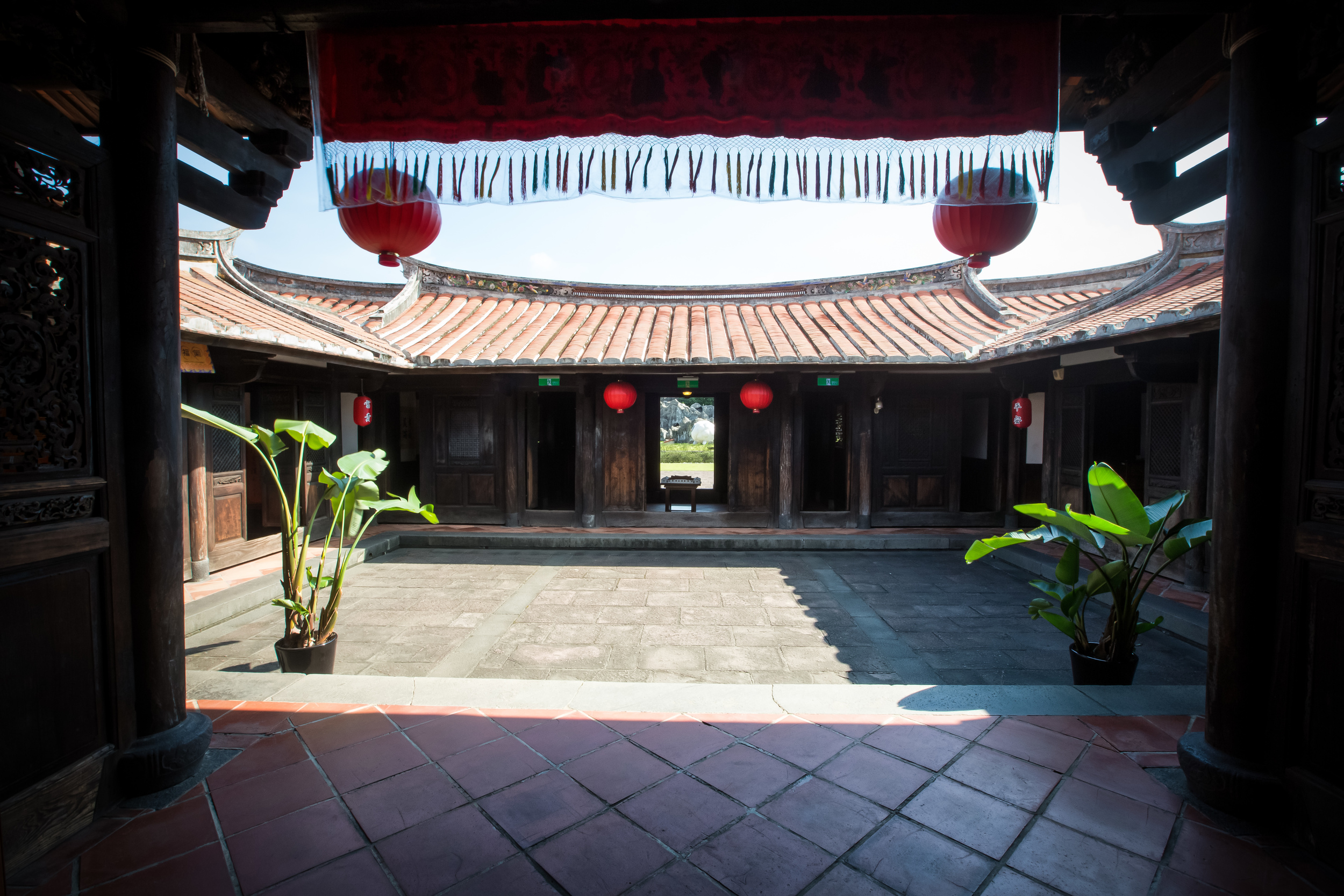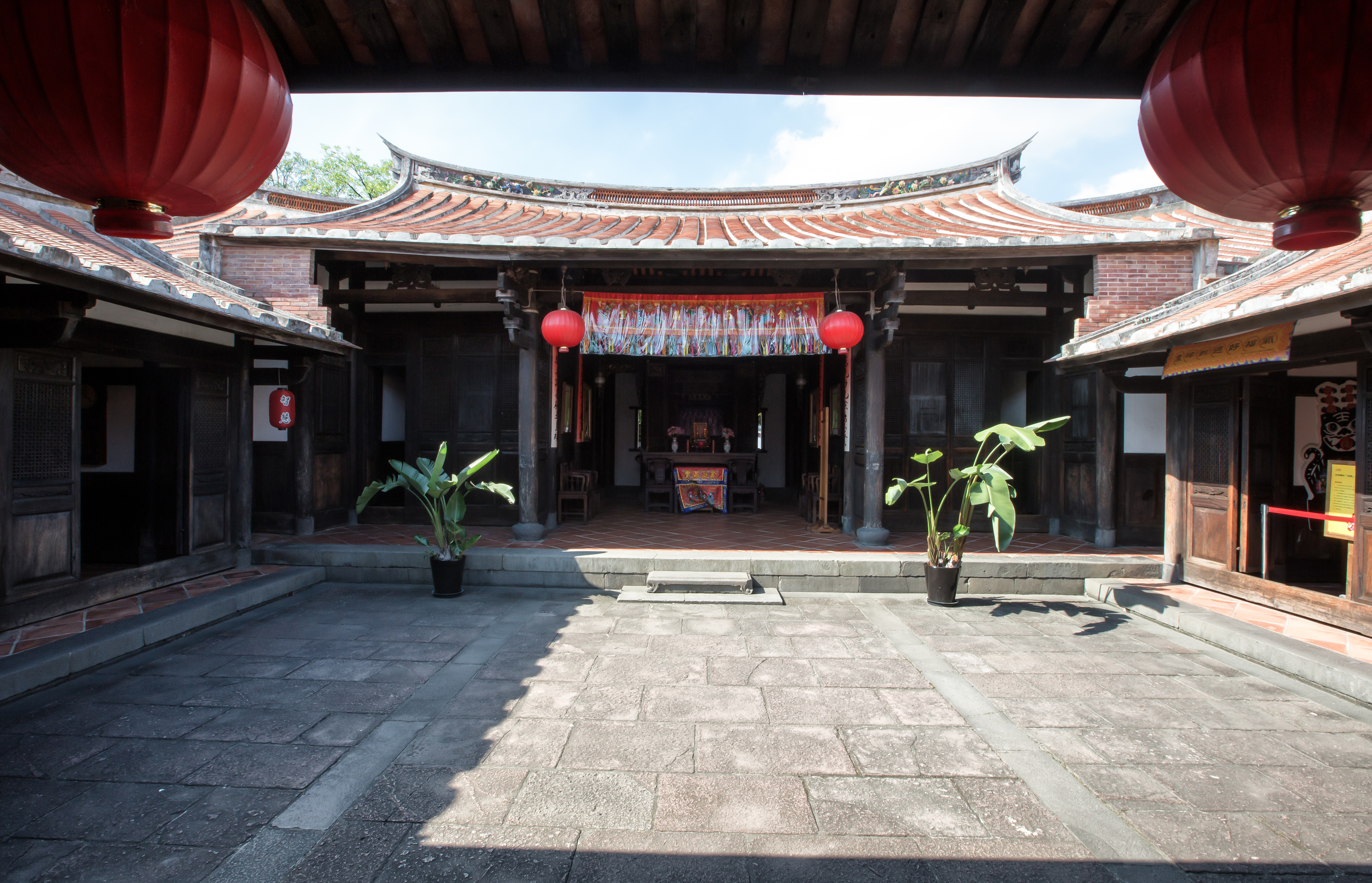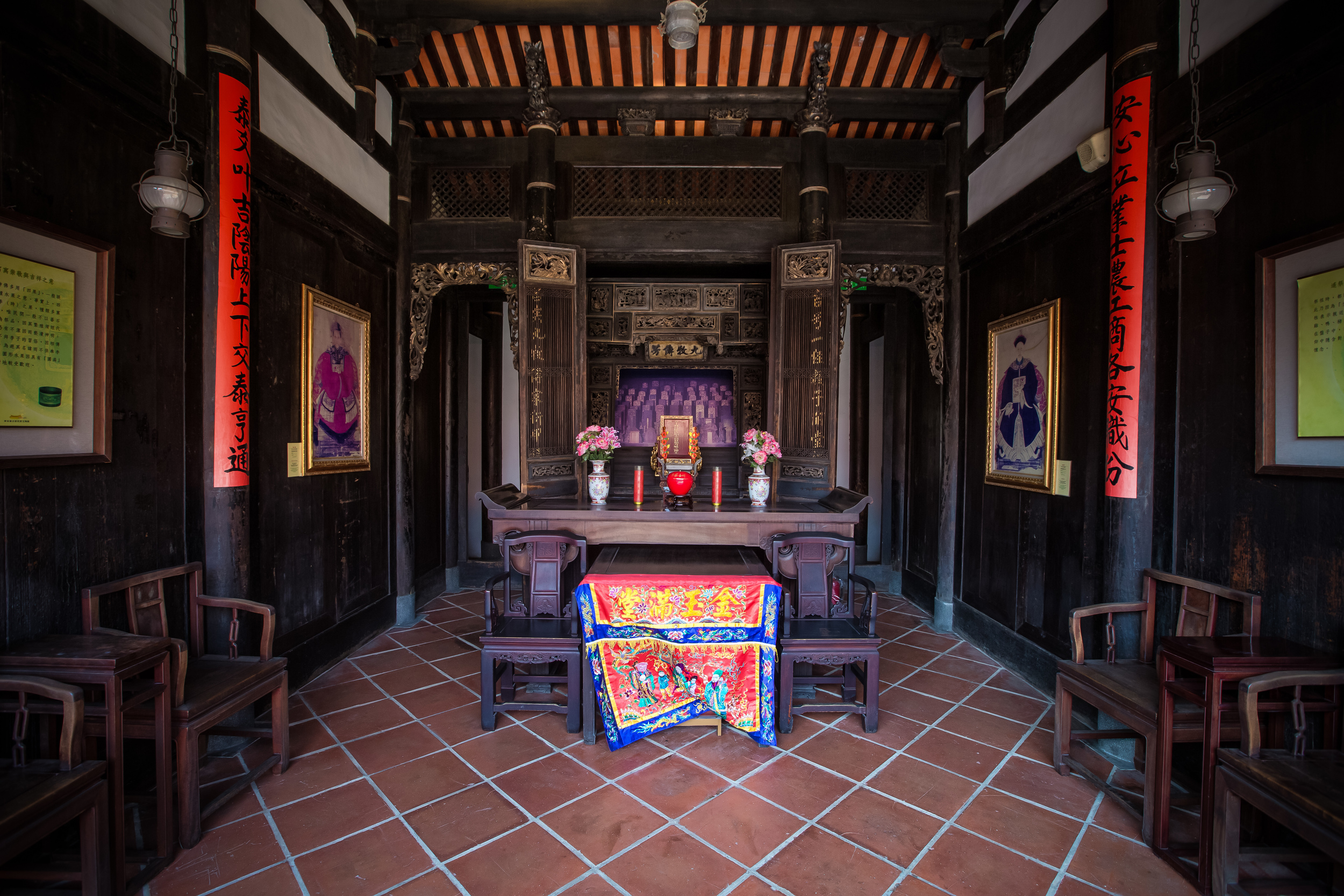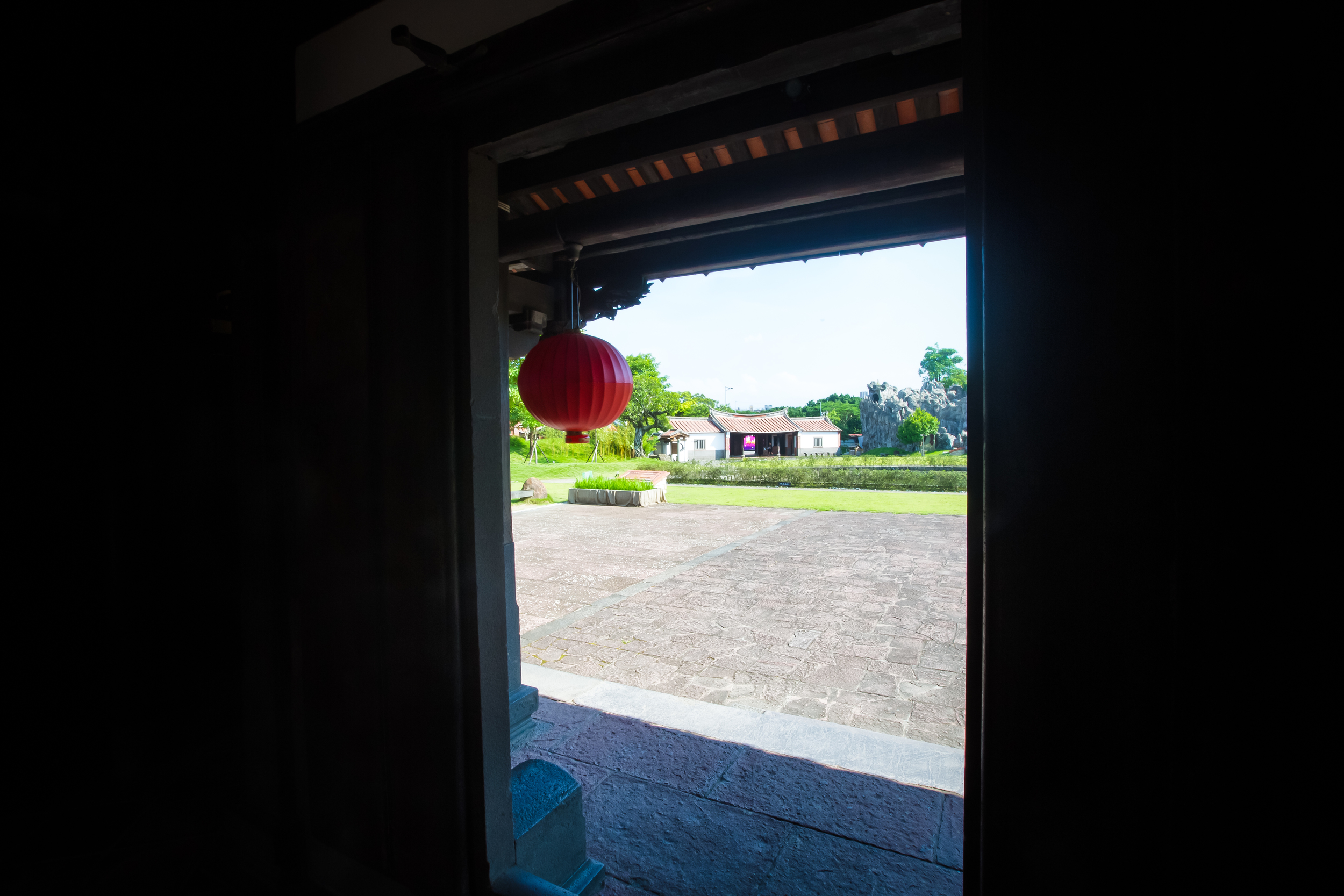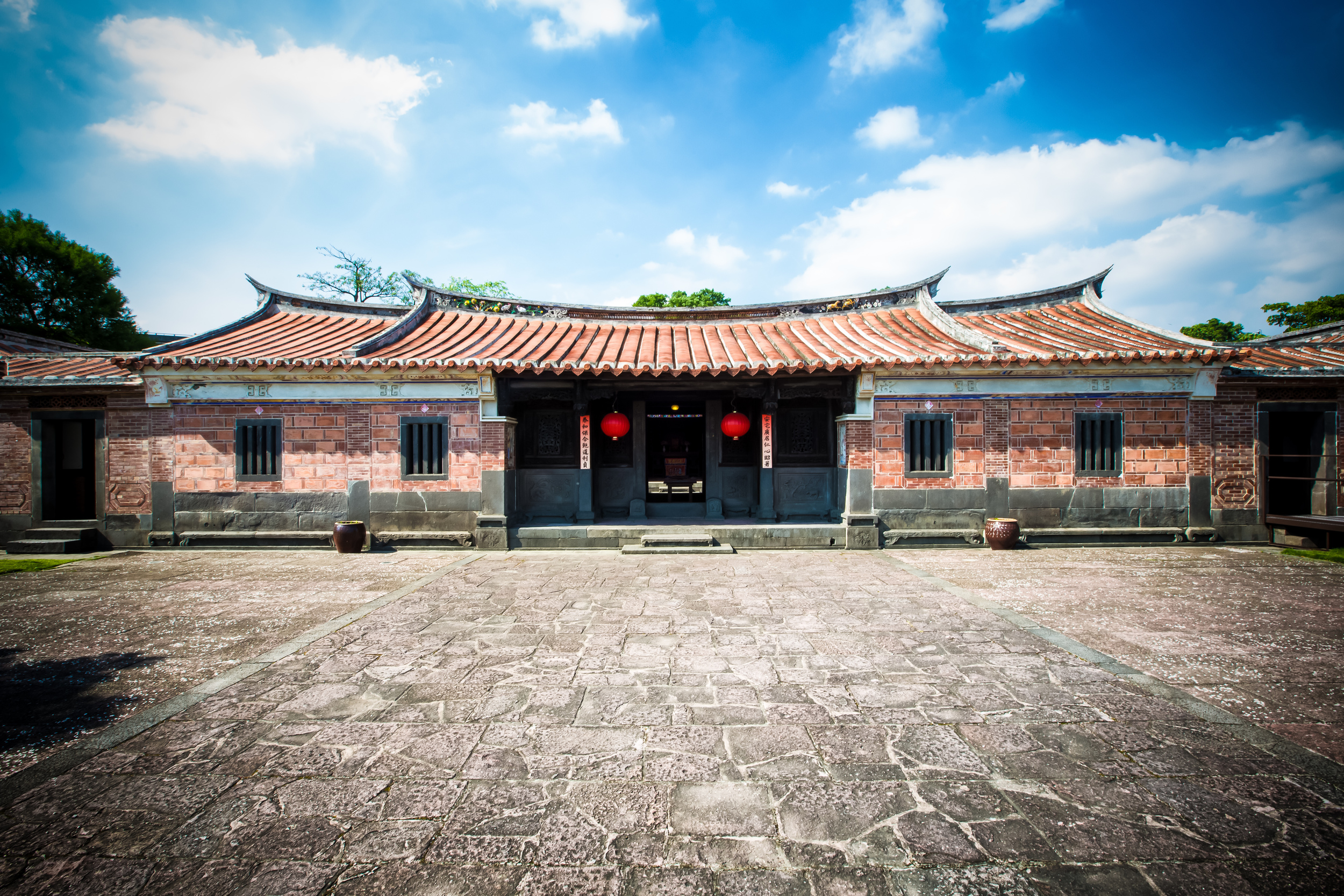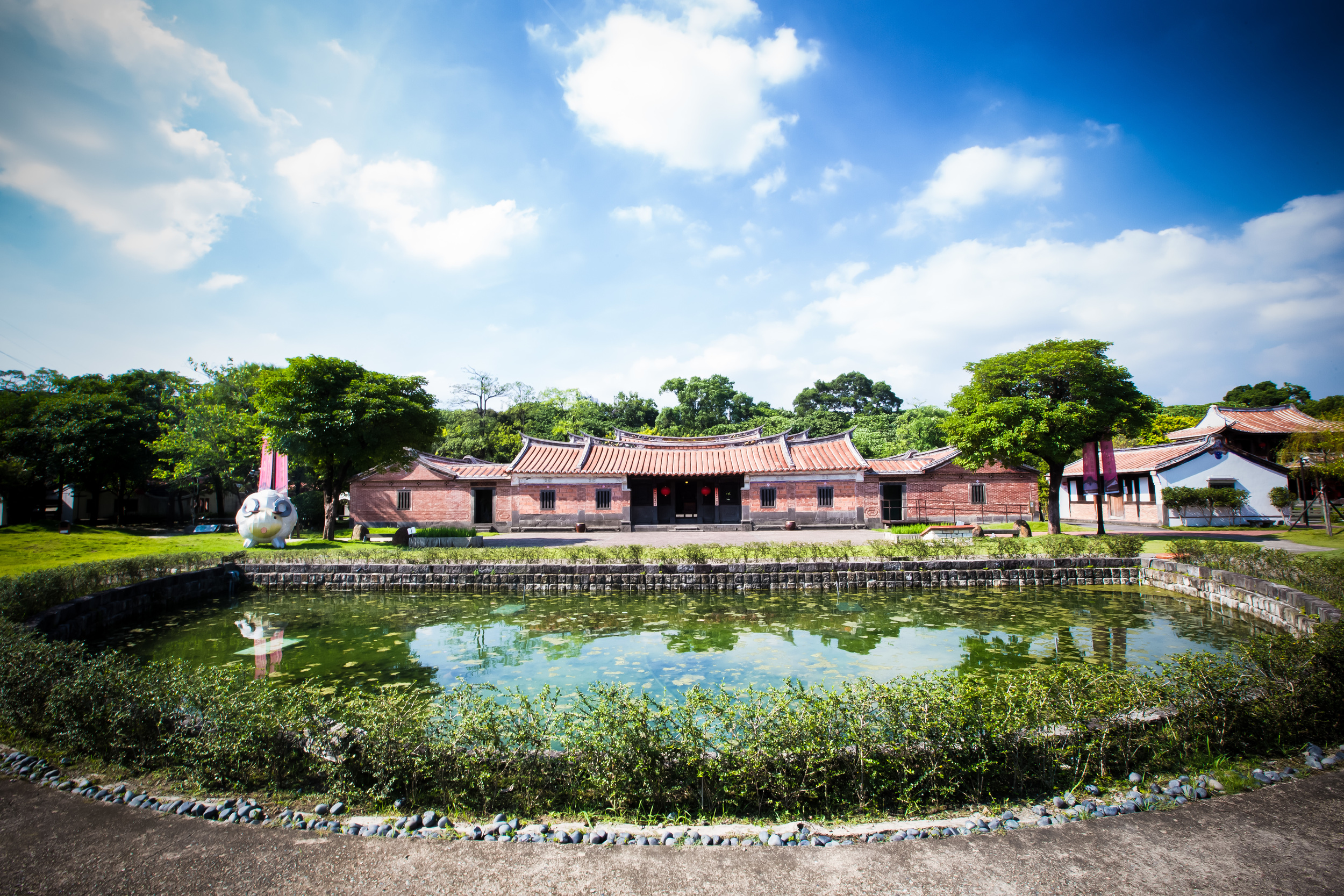Lunar New Year is quickly approaching and in preparation for the week-long festivities, markets across the country have been open for the past few weeks specializing in the sale of items that Taiwanese people enjoy during the holidays. People have been preparing frantically for the holiday that acts as a family reunion of sorts and markets all over the country have been jam-packed with people finishing up their last minute preparation.
Before talking about that though, I want to mention two things:
The first is that in the early hours of February 6th, southern Taiwan was rocked by a magnitude 6.4 earthquake with an inland epicentre around Meinong (美濃) in Kaohsiung county. This earthquake has caused quite a bit of damage and has also made the journey home for the holidays that much more difficult for a lot of Taiwanese people. The High Speed Rail has shut down between Taichung (台中) and Kaohsiung (高雄) leaving a lot of people stranded and so far there have been reports of casualties. There is never a "good" time for an earthquake of this scale to happen, but this might just be one of the worst times that it could happen.
Keep Taiwan in your thoughts. There are a lot of people suffering at this time.
The next point I want to make is something that I hope people can understand: Lunar New Year is celebrated in Taiwan, Korea, Japan, Vietnam, Malaysia, Singapore, Thailand, China, etc. This lunisolar holiday is celebrated all over Asia.
Don't you find it odd that the festival is commonly referred to in English as "Chinese New Year?"
How is it that Japan's Shogatsu (正月) Korea's Seollal (설날), Mongolia's Tsagaan Sar (Цаһан сар), Tibet's Losar (ལོ་གསར), Vietnam's Tet (Tết Nguyên Đán), all fall under the term "Chinese New Year?" Are these areas Chinese? Are the traditions the same?
As a speaker of Mandarin I find it even more odd that people refer to it as "Chinese" considering that it is either called「春節」which translates as "Spring Festival" or 「農曆新年」which means "Lunar New Year" in Mandarin. No one who speaks the language calls the festival 「中國新年」 “Chinese New Year” so when we refer to the holiday in English we should probably be a bit more inclusive and respectful as it is a holiday that all of Asia celebrates and each in their own way.
Some may say that I'm arguing semantics and this is just political correctness gone wild, but I don't really see it that way. I see it as correcting a glaring error in translation and one that tends to be based partly on ignorance and also cultural chauvinism to an entire region of people. This isn't about politics, this is about using the proper terminology and being fair when referring to an important tradition that is celebrated throughout Asia by many different nationalities and cultures.
Further reading: It's Lunar New Year, not Chinese New Year.
I hope that makes sense! Moving along..
The busiest of all the Lunar New Year Markets in Taiwan is Taipei’s Dihua Street (迪化街) in one of the oldest districts of the city. It is estimated that each year almost a million people visit the street in the two weeks leading up to the Lunar New Year festivities.
2015 Dihua Street Lunar New Year Photos
Last year it was reported that the rent for seasonal vendors setting up shop on Dihua street had risen to extreme proportions forcing businesspeople to spend at least $300,000NT ($9000USD) to secure their spot for the two weeks of business. You would think that this insane amount would deter people from setting up shop at Dihua street, but it seems exactly the opposite.
This year the street has expanded and branched out to the neighbouring streets around it. It seems that with the rent being so extreme and more businesses wanting in on the action that the city has planned several streets to allow people to do their shopping and that in turn should allow for the easing of traffic on the street itself.
Dihua Street (迪化街) and the entire Dadaocheng area (大稻埕) has a history dating back to the 1850s where it was an important centre for commerce in Taipei - especially for Taiwanese tea, Chinese medicine, fabrics, etc. The street today still remains one of the most commercially active areas in Taipei and has been preserved to show its historical roots. Many of the buildings on the street were built in the baroque style which is quite common on many of Taiwan's old streets (Like Daxi Old Street)
Check out: Love, Daodaocheng - A site dedicated to the historic area of Taipei
The street is busiest during the preparations for Lunar New Year, but considering its history, it is an important tourist attraction for Taipei and you will also find the Xiahai City God Temple (霞海城隍廟) on the street as well which is one of Taipei's most important temples with Bao-An Temple (保安宮) and Confucius Temple (台北孔廟) also nearby. There is always something interesting going on in the area and it is a great place to visit to see "old Taipei" so if you can't make it during the Lunar New Year market, you can still go whenever you visit the city!
While visiting the street it is common to find vendors selling all sorts of peanuts, cashews and pistachios as well as different types of candy and traditional snacks. There are cured meats, freshly made Taiwanese-style and Hong Kong-style sausages as well as pork knuckle. If you are a fan of jerky you are in for a treat as you will find various styles of Taiwanese pork and beef jerky as well as different styles of dried fish and squid.
Vendors also sell all sorts of dried mushrooms, dried scallops, dried abalone and something called mullet row (烏魚子) or as the Japanese call it "karasumi" (カラスミ) which is an expensive salted and dried roe of the mullet fish. I'm not really a big fan, but it is popular in Taiwan and is a sign of wealth if you are able to serve it at your Lunar New Year feast.
You will also find an unhealthy variety of candy that can be in the form of dried fruit or the gummy variety. Lunar New Year is all about the family and children are an important part of the family. It is quite common to have a lot of candy available for the kids to eat while the parents are having fun and drinking Taiwanese Kaoliang (高粱酒) or Cognac and gambling.
One of the unfortunate aspects of the traditional market is that the sale of Shark Fin is still so prevalent - despite protests and a society that is changing its attitude toward the terrible and inhumane act of shark finning. There are various vendors throughout the market selling dried shark fins and while they continue to make profit off of such a bloody and wasteful trade - they are also quite aware that societies perception is changing and that the foreign community are very vocal about it which means these shop owners are not very keen on being photographed.
I visited Dihua Street twice this year, once on a weekday and again on a weekend. On the weekday visit the street was busy, but not that bad. On the weekend visit it was completely different and sent my claustrophobia into overdrive. I thought to myself that it was a bit insane and that most people had only showed up for the 'experience' rather than actual shopping. There was no way you could get any serious shopping done in a crowd like that and I was amazed that no one had been trampled. I felt really uncomfortable and it wasn't really conducive to doing anything with my camera, so I left quickly for a drink at Starbucks!
Lunar New Year is a busy time in Taiwan and I'll be quite busy as usual. The entire country has more a week off from work and I'll be taking part in the festivities with friends. Hopefully the weather will be nice and I'll be able to get in some hikes when I'm not shooting some of the New Year festivities!
Happy Lunar New Year! 大家,新年快樂~ 猴年大吉!恭喜發財
Gallery / Flickr (High Res Shots)
